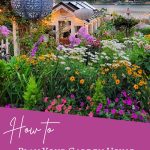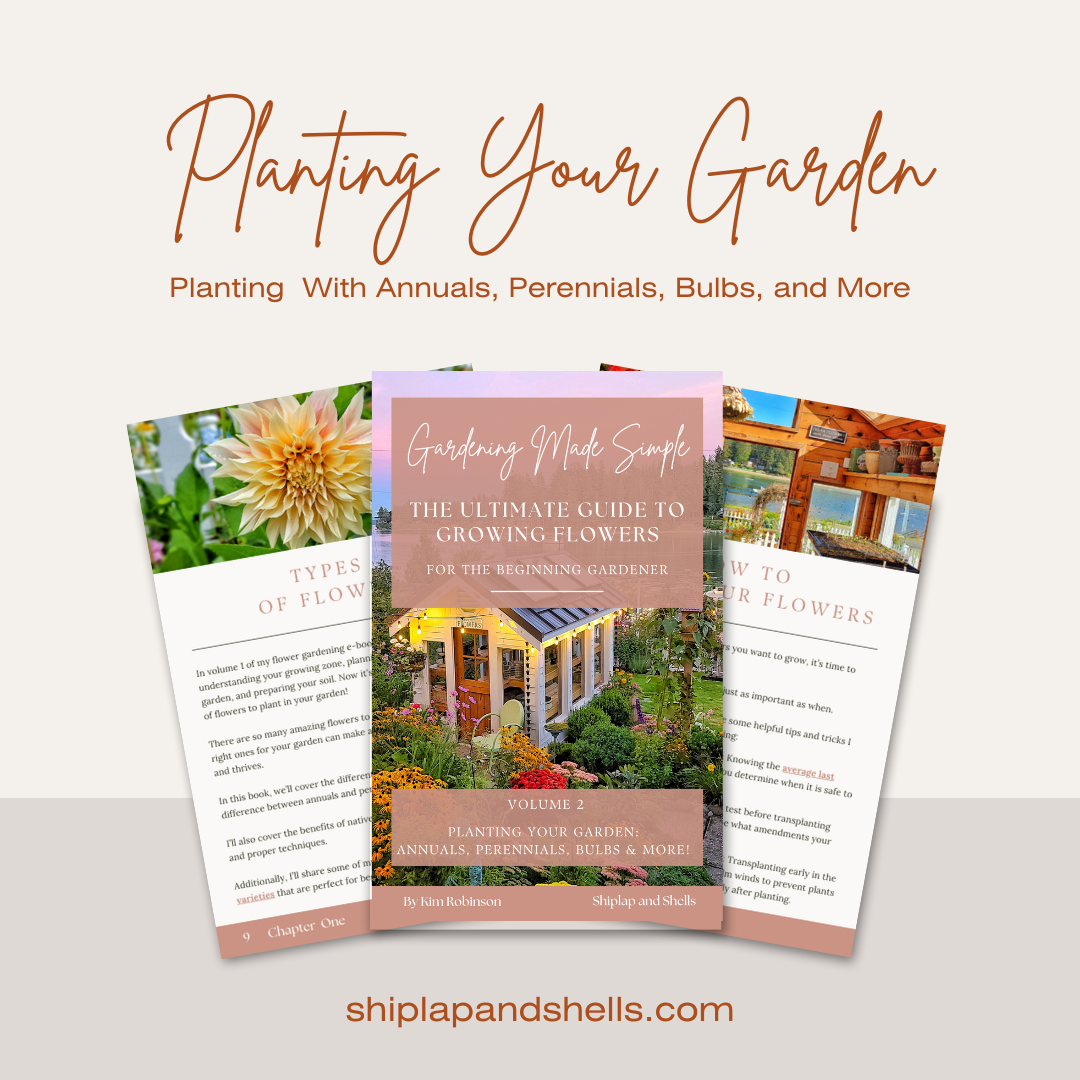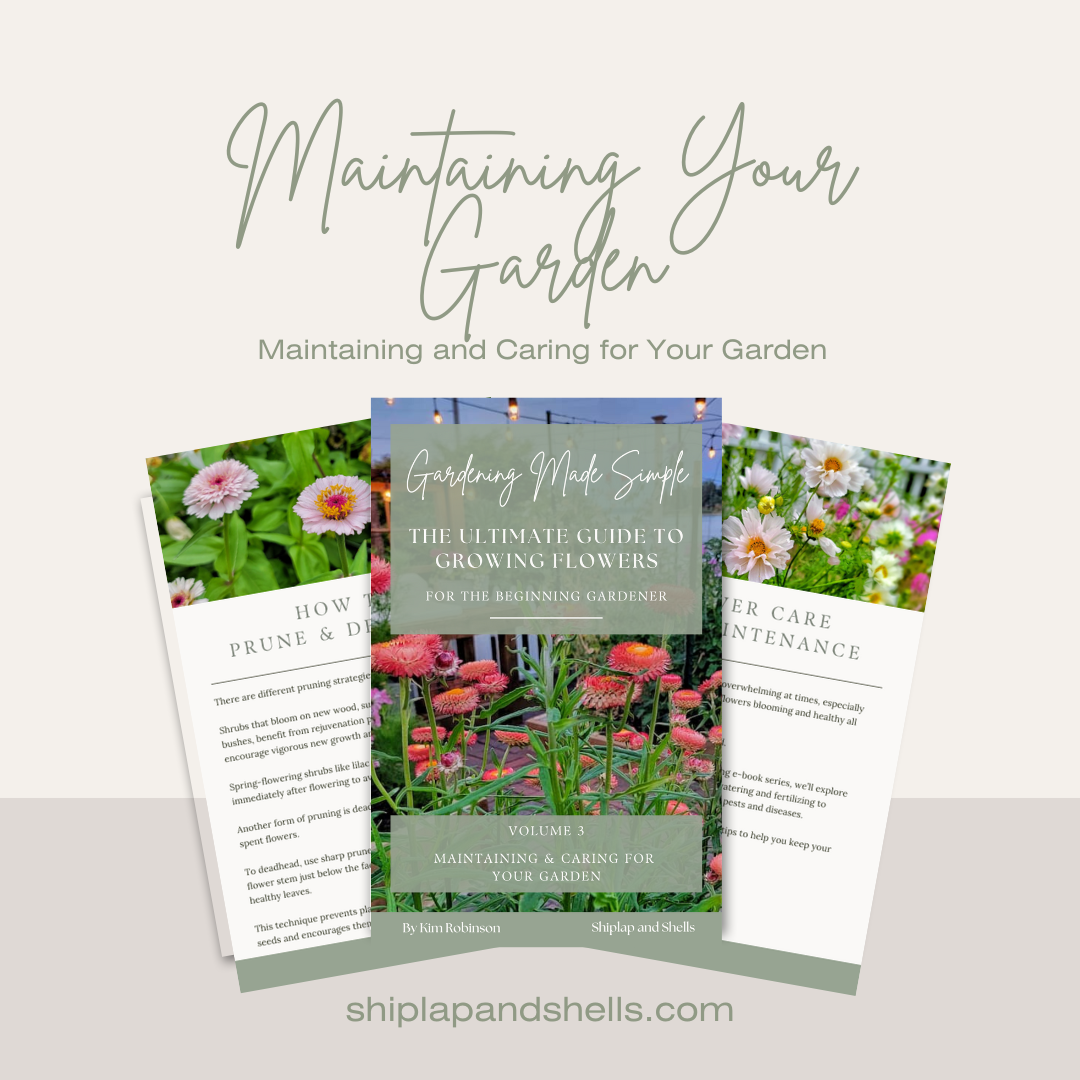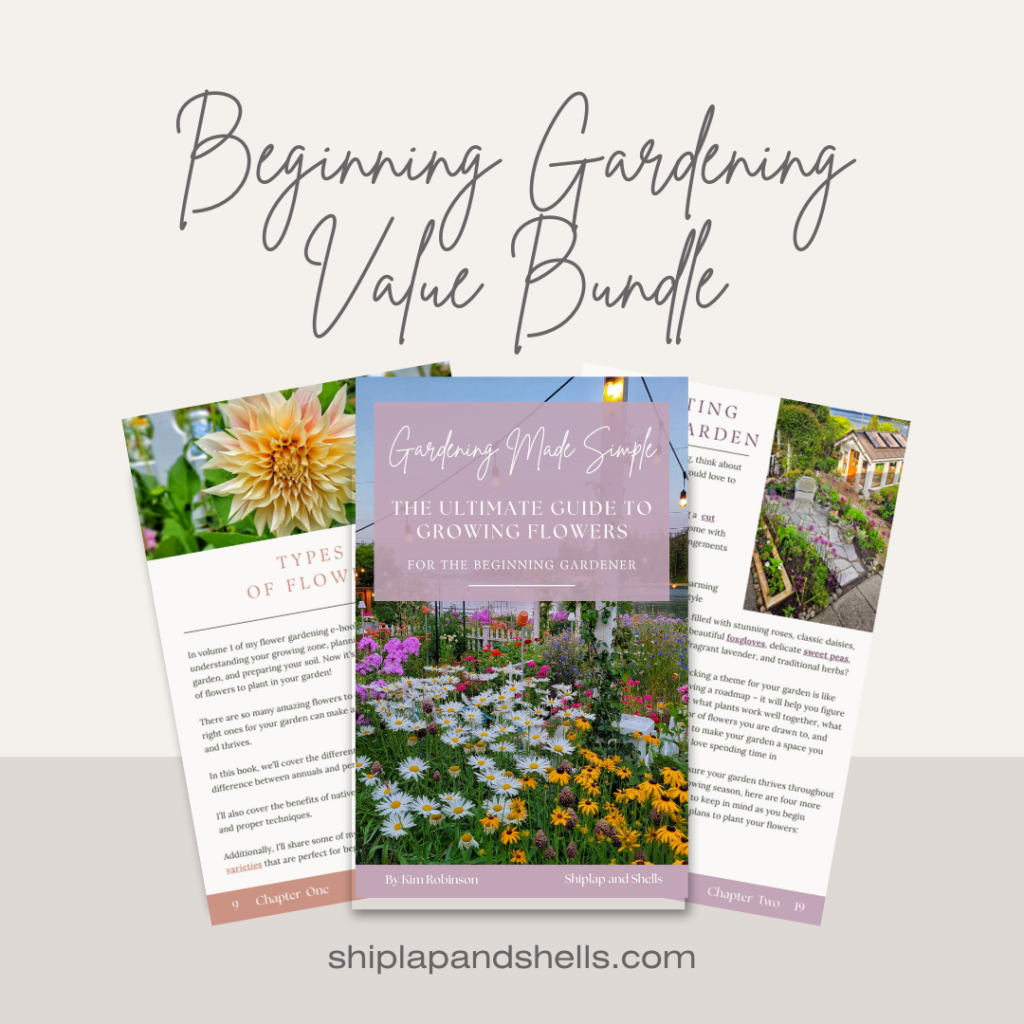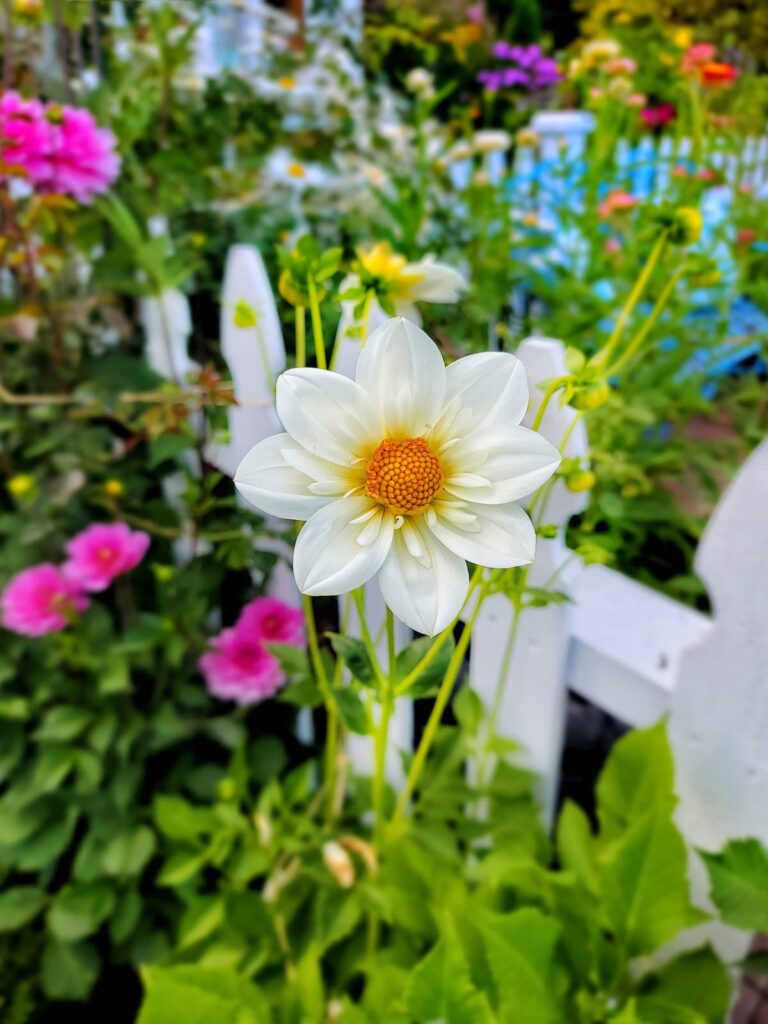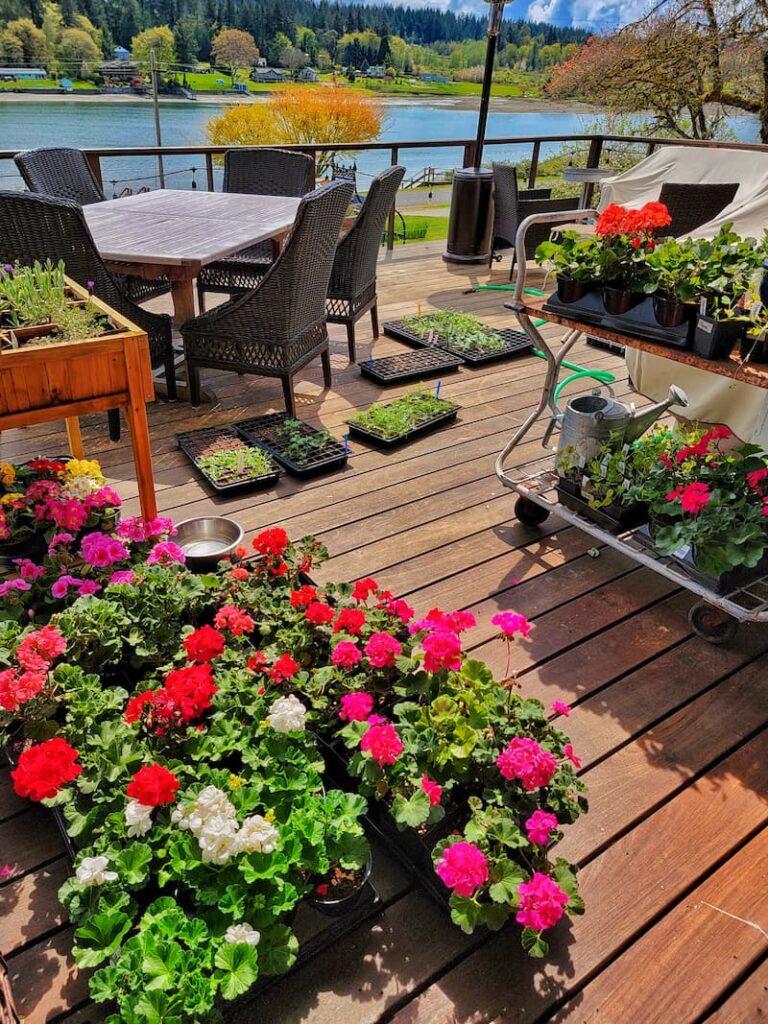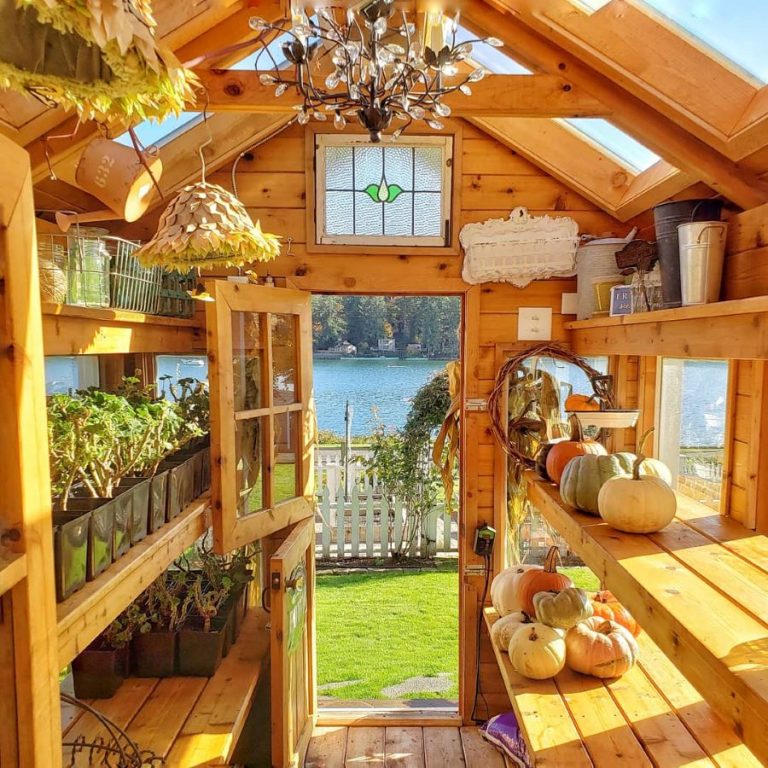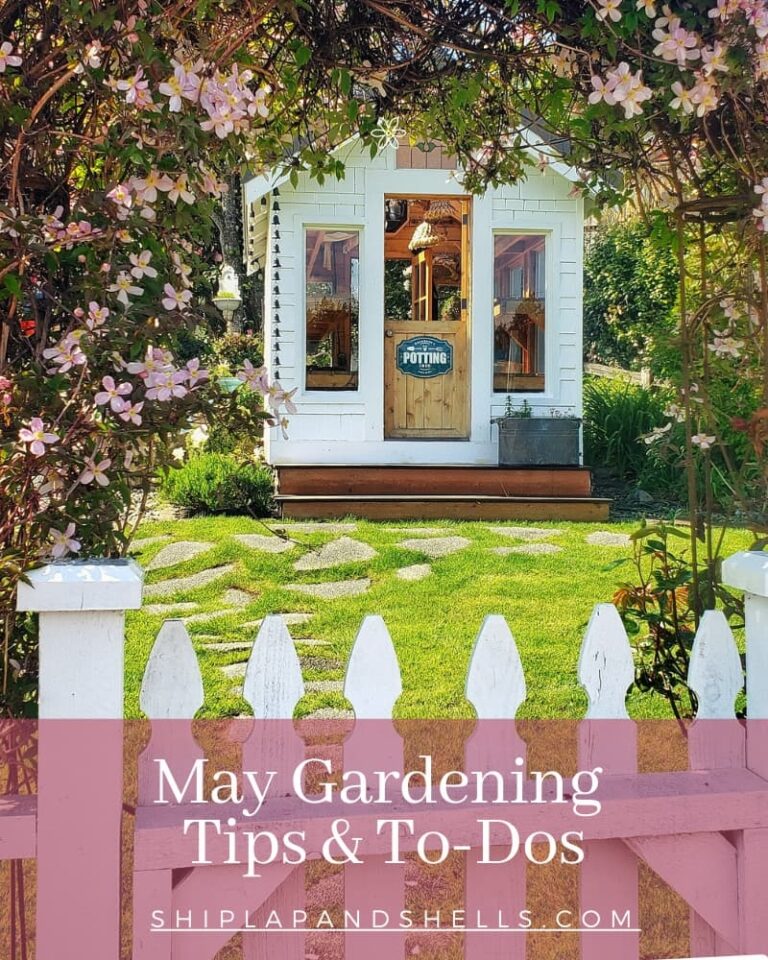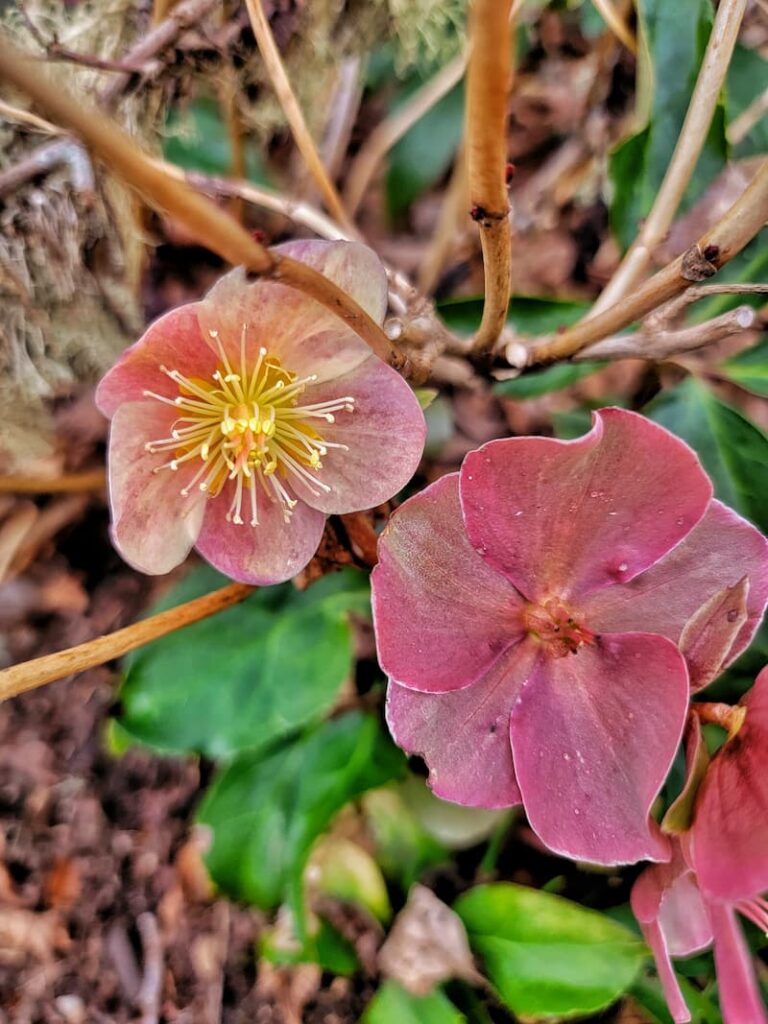How to Improve Your Garden Using Last Year’s Lessons
Want to make your garden even better this year? Improve your garden by learning from last year’s successes (and, let’s be honest, the mistakes, too!). Every season teaches us something new, and using those lessons can make a big difference in how your garden grows.
Believe it or not, now is the perfect time to start planning for next season. A little prep work today can save a lot of guesswork later and set you up for a thriving garden when spring arrives.
In this post, I’ll walk you through my simple process for reviewing last year’s garden. We’ll look at what worked and what didn’t and how to make wise decisions about plant choices, layout, soil prep, and pest control.
So, grab your gardening journal, planner, or notebook, and let’s start planning for your best garden yet!
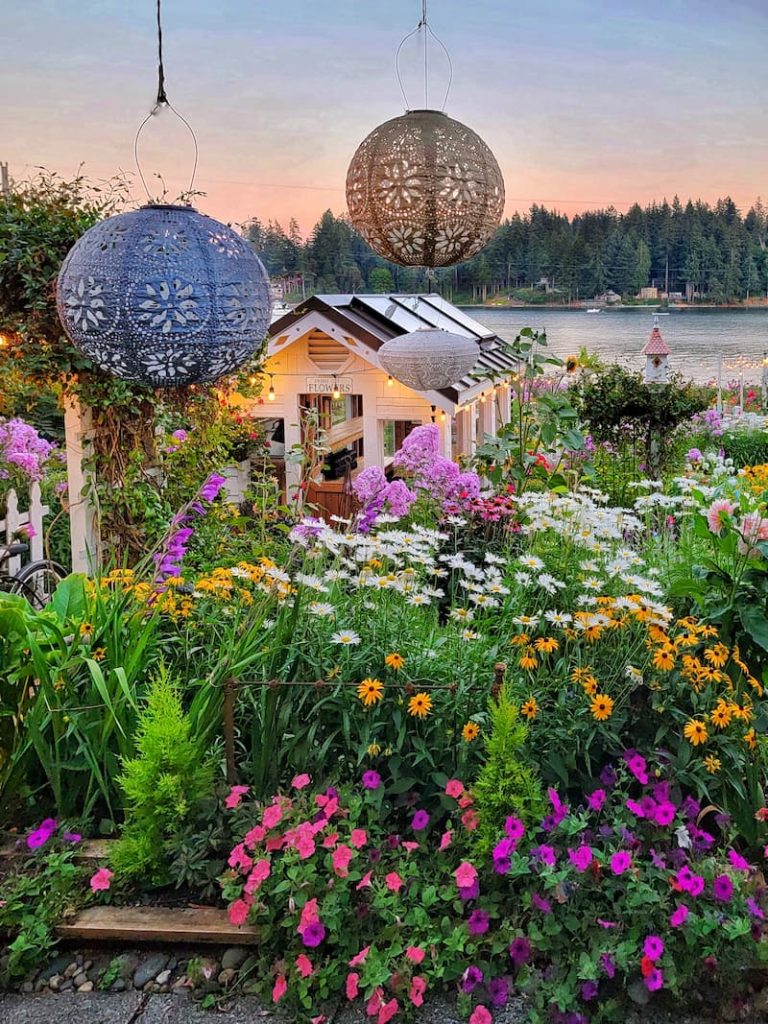
As an Amazon affiliate, I earn a commission from qualifying purchases at no additional cost to you. My blog also features other affiliate links for your convenience. Click here to read my privacy policy.
How Can I Make My Garden Grow Better?
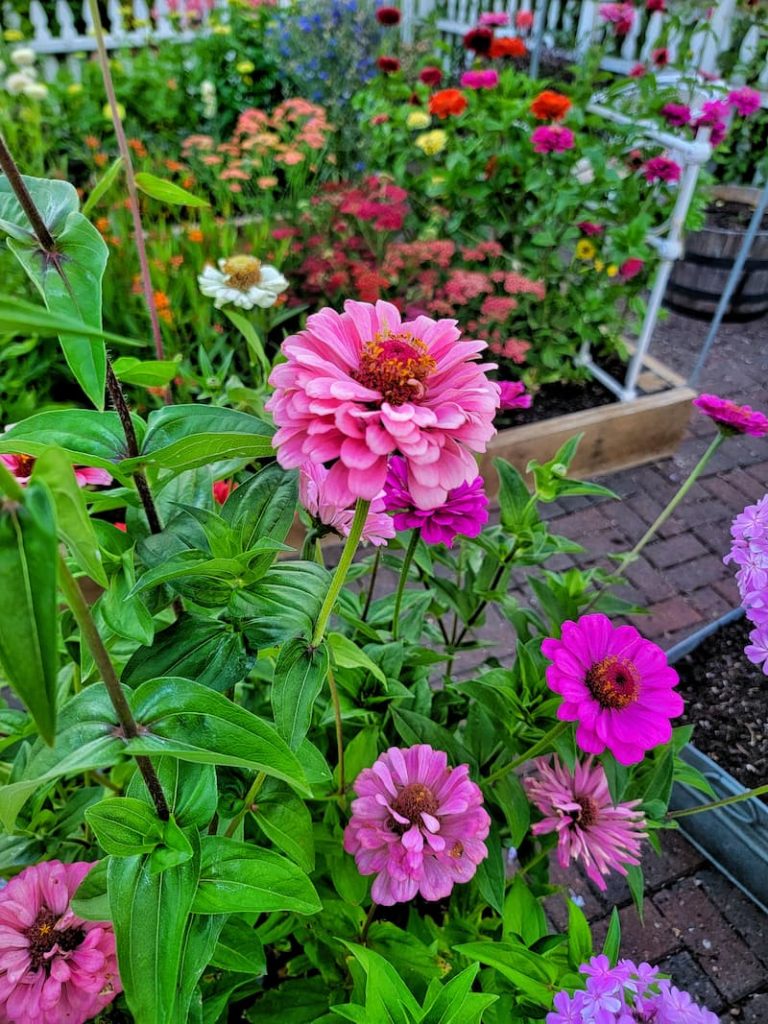
Every gardener wants a thriving, beautiful garden, but what’s the secret to making it better year after year?
It’s not just about adding more plants or better soil. The best way to improve your garden is to take a step back and review what happened last season.
Think about it before making plans for the next growing season. What plants thrived? Which ones struggled? Did you battle pests, deal with unexpected weather challenges, or realize you needed more space (or maybe less)?
Even small details, like whether you wished you’d planted more flowers for cutting or chosen a different variety of annuals, can help shape an even better garden next year.
By doing a simple end-of-season garden review, you can pinpoint what worked, what didn’t, and what changes will have the biggest impact. This process helps you make smarter decisions about plant selection, layout, soil improvements, and pest management, so you’re not just guessing when the next growing season begins.
How to Do an End-of-Season Garden Review

Every garden tells a story that evolves with each season, teaching us valuable lessons along the way.
Before diving into plans for next year, take a moment to celebrate your gardening wins from last season. What plants exceeded your expectations? Jot down these successes because they’ll be the foundation for an even better garden this year.
Now, think about why these plants did so well. Was it a specific variety? Did the weather play a role? Maybe a new soil amendment, planting method, or garden layout made a noticeable difference. Identifying these factors will help you repeat and build on your successes next season.
Identifying Areas for Improvement in Your Garden
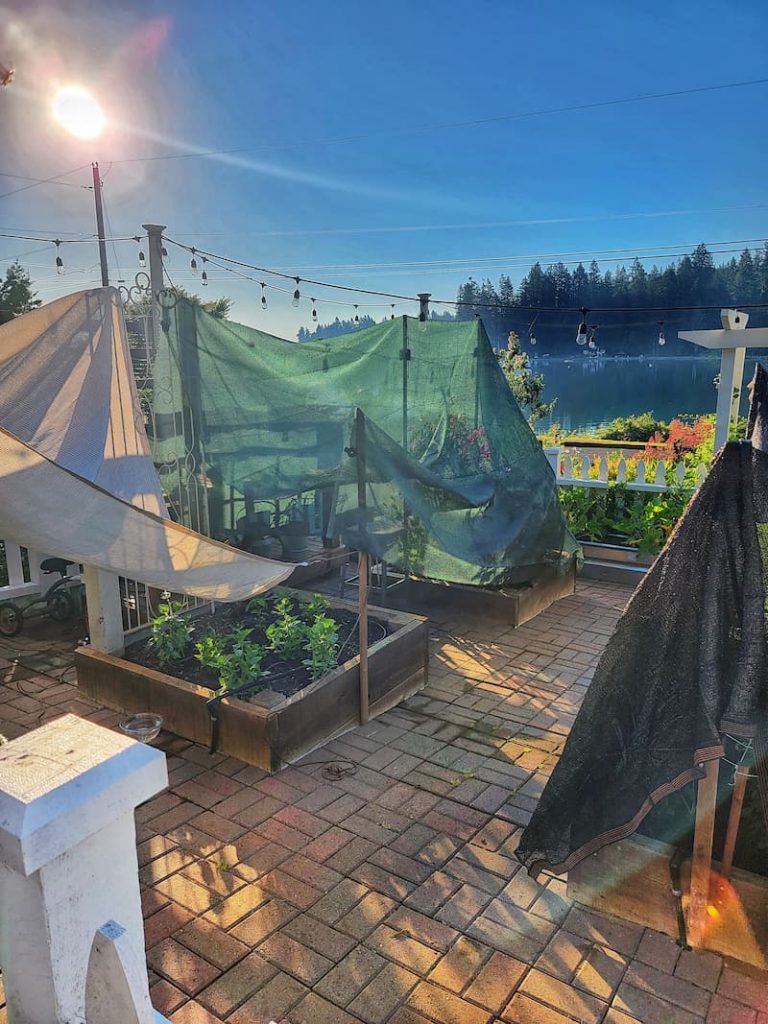
Now that you’ve identified your gardening successes, what were some of the challenges in your garden last year? Digging into these challenges and finding solutions is one of the best ways to improve your garden.
Now that you’ve identified your gardening wins, it’s time to look at the challenges. Digging into what didn’t go as planned is one of the best ways to improve your garden.
Did you struggle with plant diseases, poor soil quality, or pests? Unexpected setbacks may feel frustrating in the moment, but they’re actually valuable learning experiences. Every challenge is an opportunity to adapt and refine your gardening skills.
Noting Any Unexpected Challenges
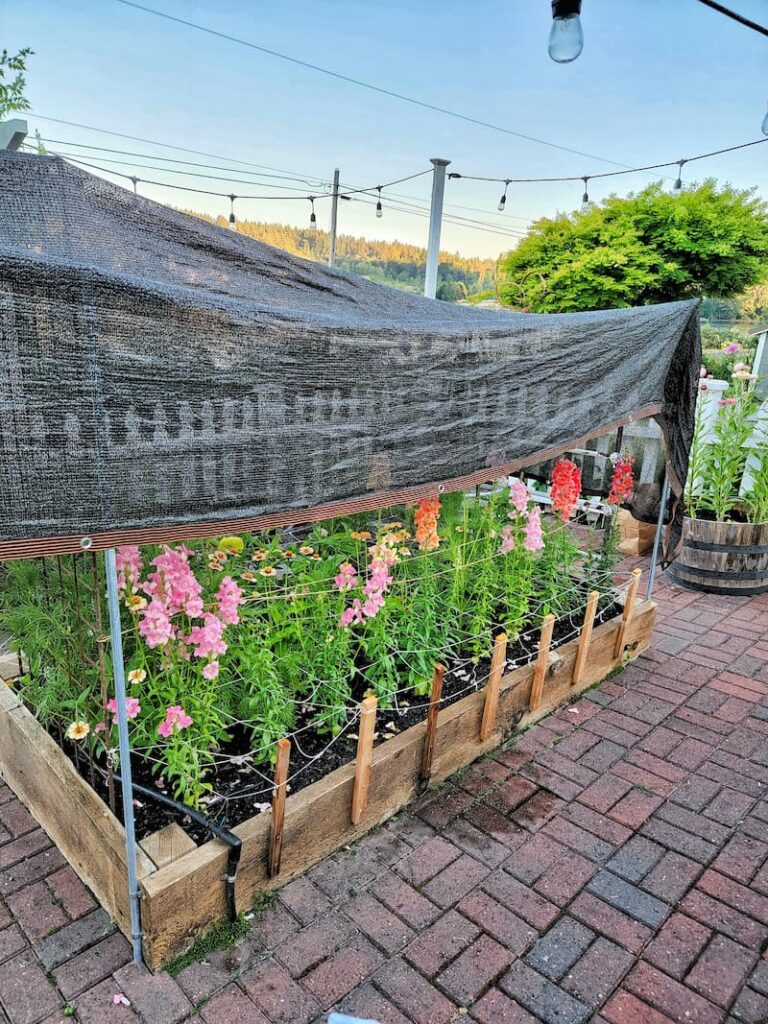
Every year, without fail, something unexpected happens in my garden. Maybe you dealt with a severe drought or an unseasonal frost. These challenges teach us to be more resilient and resourceful.
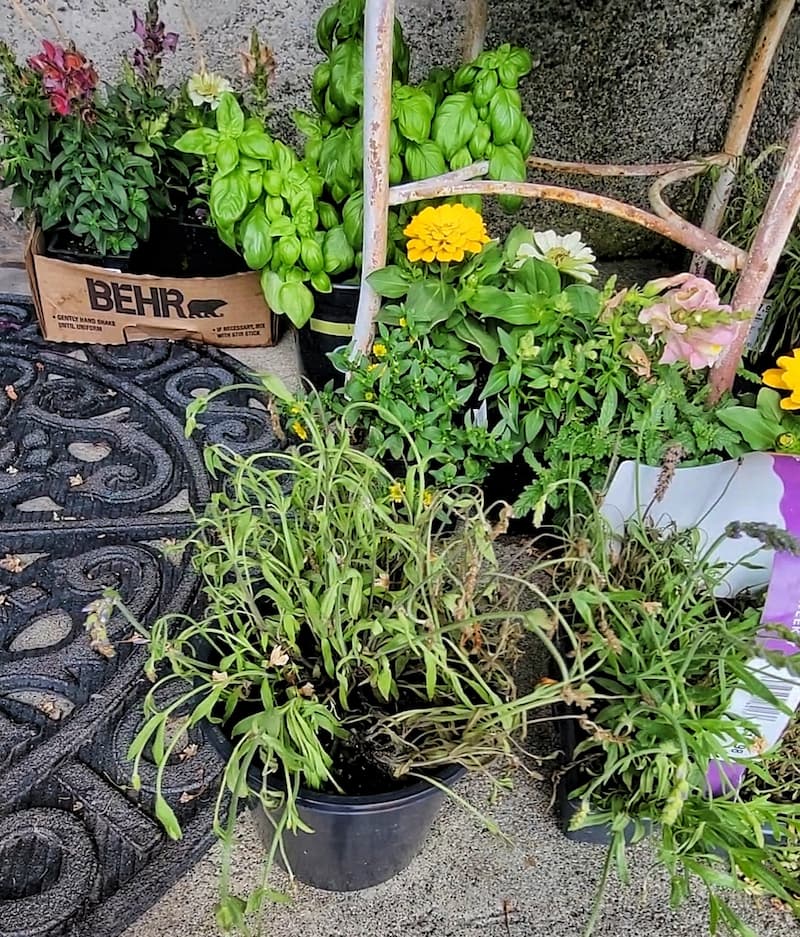
For example, one summer, we had three days of 100°F+ temperatures at the end of June. Since that had never happened before, I didn’t think to use shade cloth until day two of the heat wave. While I saved most of my plants, some were scorched. I also overwatered some less-established plants, thinking they were wilting from dehydration—but they suffered root rot instead. Lesson learned!
Reflecting on what didn’t go as planned helps you find solutions for the coming year, making your garden more resilient.
Setting Gardening Goals for the Coming Year
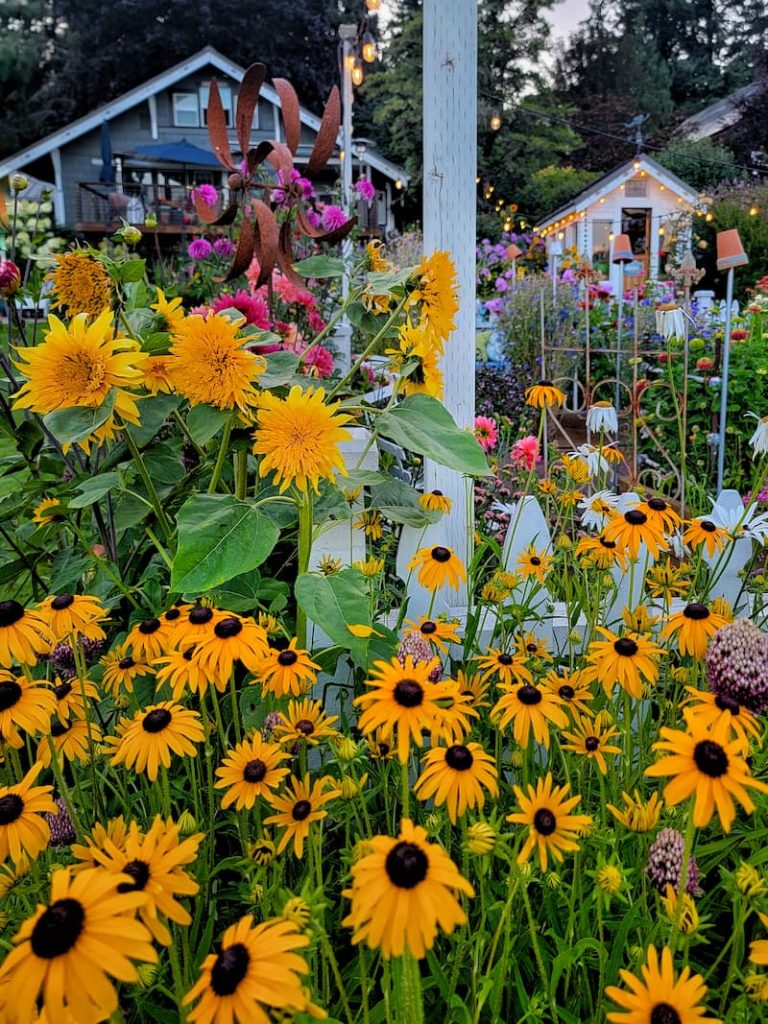
Setting goals helps give your garden direction and purpose. Here are some ways to define your gardening objectives and shape your plans for the year ahead.
Defining Your Gardening Objectives
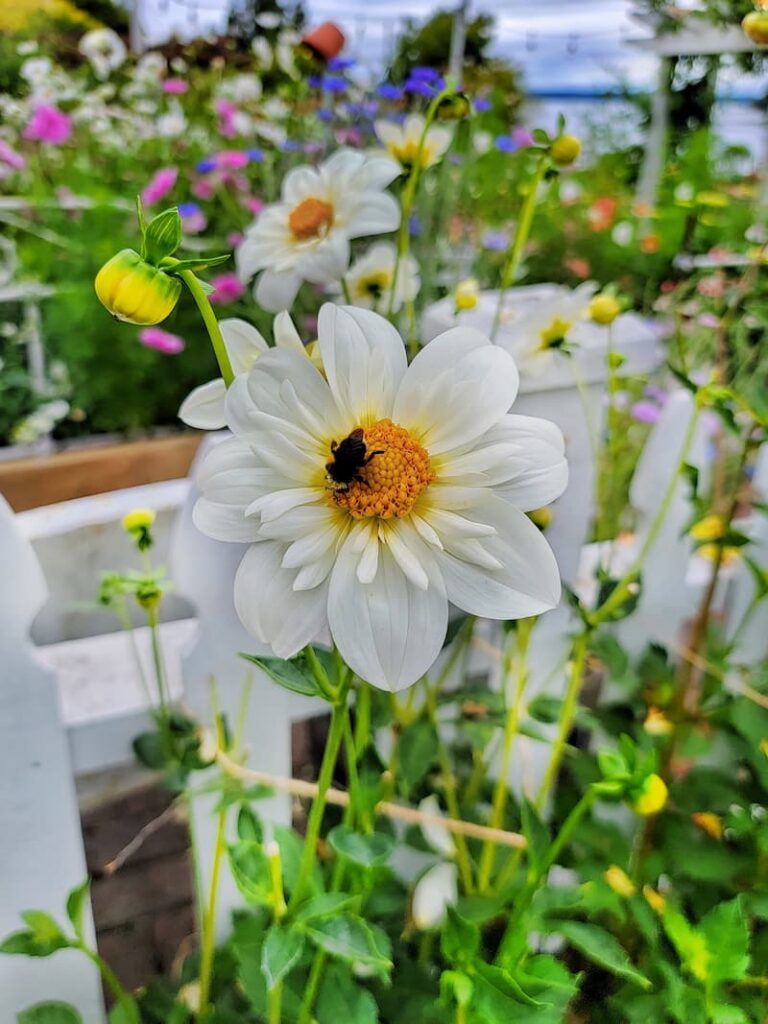
Take a moment to write down your goals for this year in your garden planner. Some common objectives include:
Your goals may be a mix of these or something completely different. Either way, having clear objectives will help guide your garden planning process.
Considering the Type of Garden You Want
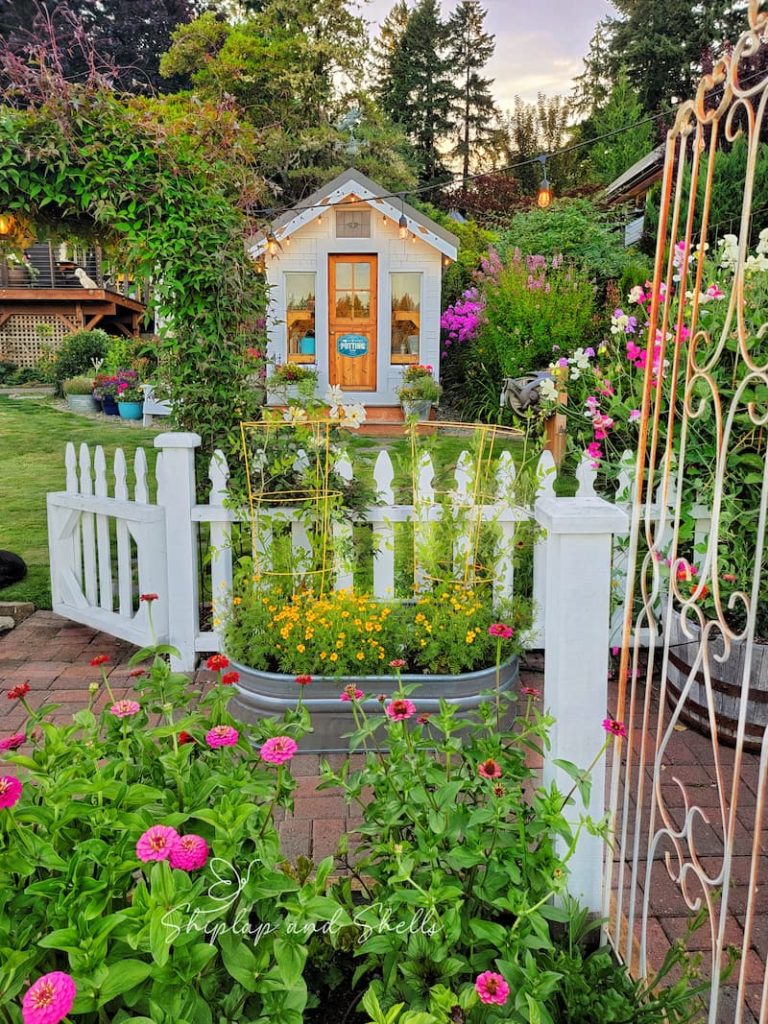
Do you want a flourishing flower garden, a vegetable and herb garden, or a mix of both? Your decision will influence everything from plant selection to layout and maintenance.
Determining Your Budget and Resources
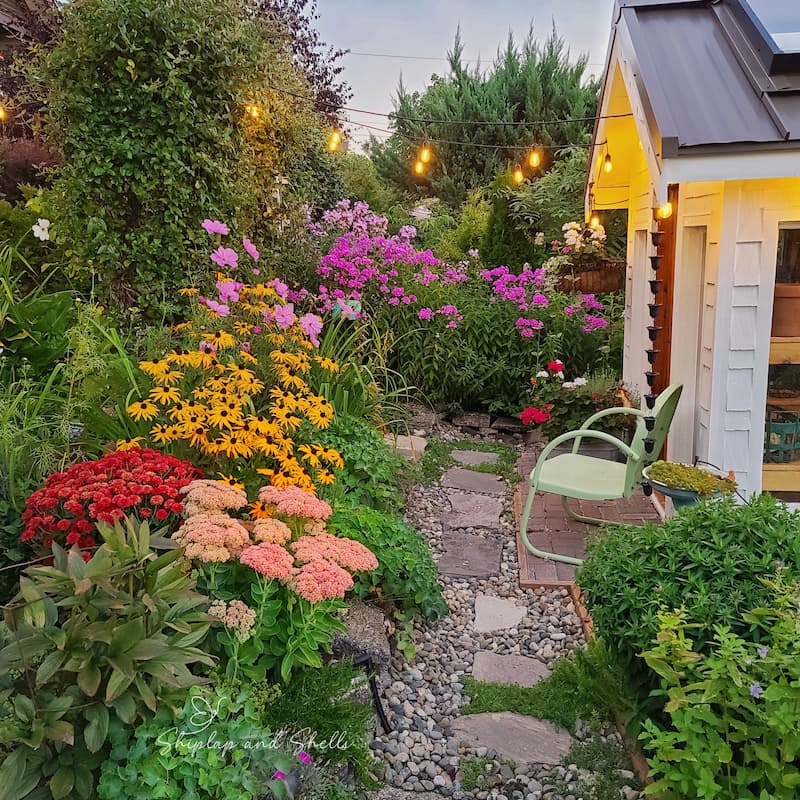
Before you get too far into planning, consider what resources you have available.
Answering these questions will help you set realistic expectations for the season ahead.
Garden Supplies and Tools
Check out my favorite garden supplies and tools for the growing season. Whether you’re looking for potting soil or deer repellent, you’ll find what I use in my own garden.
How to Improve Your Garden Step-by-Step
Looking back on last year’s garden is one of the best ways to make this year even better. By figuring out what worked, what didn’t, and what could use a little tweaking, you can set yourself up for an even more beautiful and productive space.
In this section, we’ll go step by step through key areas of improvement: choosing the right plants, planning a smarter layout, boosting soil health, timing your planting just right, and refining your watering and maintenance routines. With a few thoughtful changes, your garden will thrive in no time!
Selecting Plants and Varieties
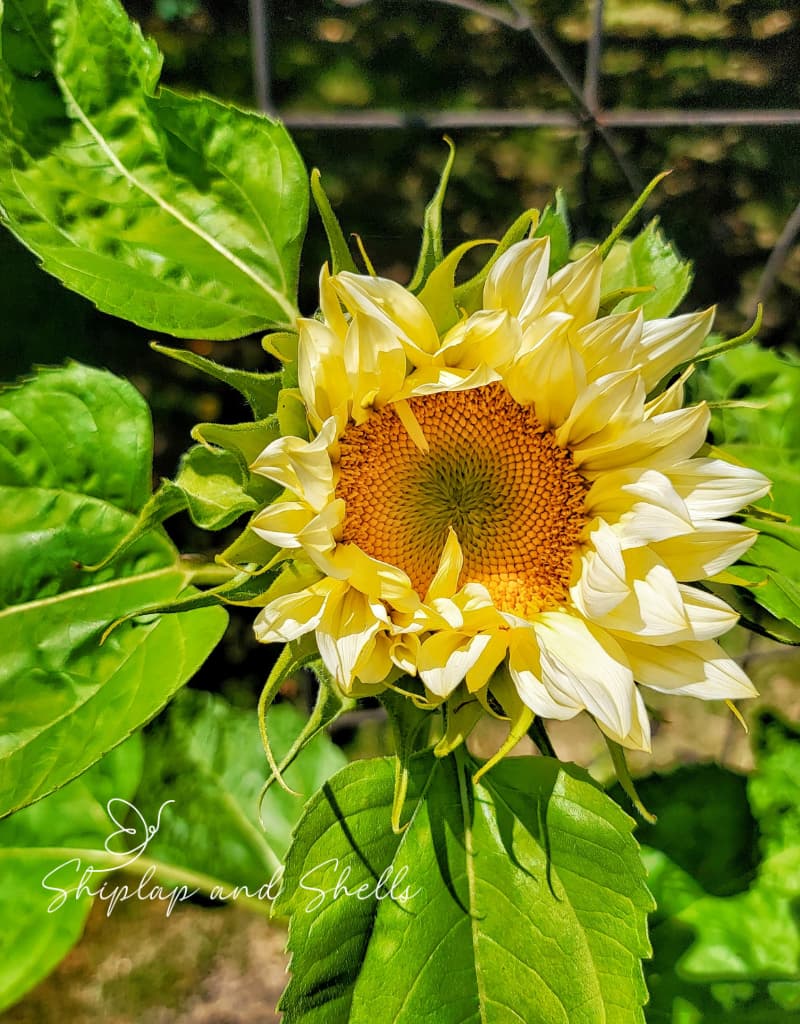
This is the step where your garden’s personality starts to show. Here are some tips for choosing the right plants and varieties to bring your garden to life.
Choosing Plants That Thrive in Your Climate
The key to a successful garden is selecting ideal plants for your specific USDA Hardiness Zone and growing conditions.
Different regions experience varying temperature ranges, rainfall patterns, and soil types, significantly impacting a plant’s ability to thrive.
Here are some ways you can research which plants are more likely to flourish in your region:
Exploring New Varieties to Add Diversity
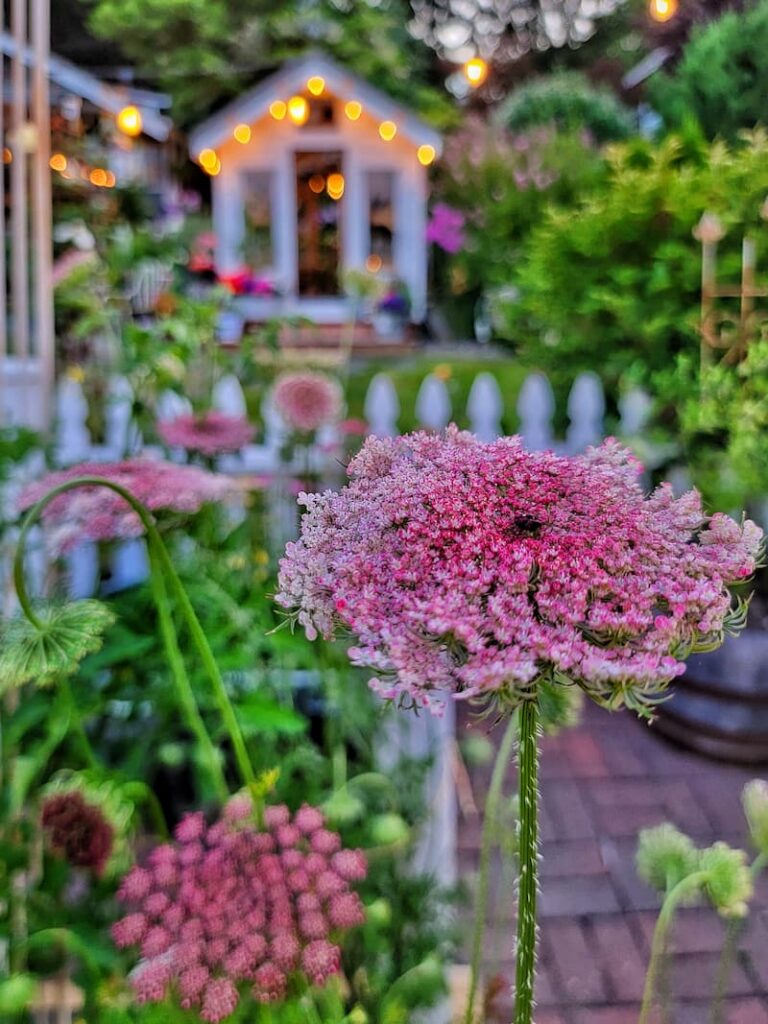
Consider adding a few unique plant varieties each growing season to experiment and learn more about gardening. You’ll add more diversity to your garden and deepen your gardening knowledge in the process.
Matching Plant Choices to Your Goals and Garden Size
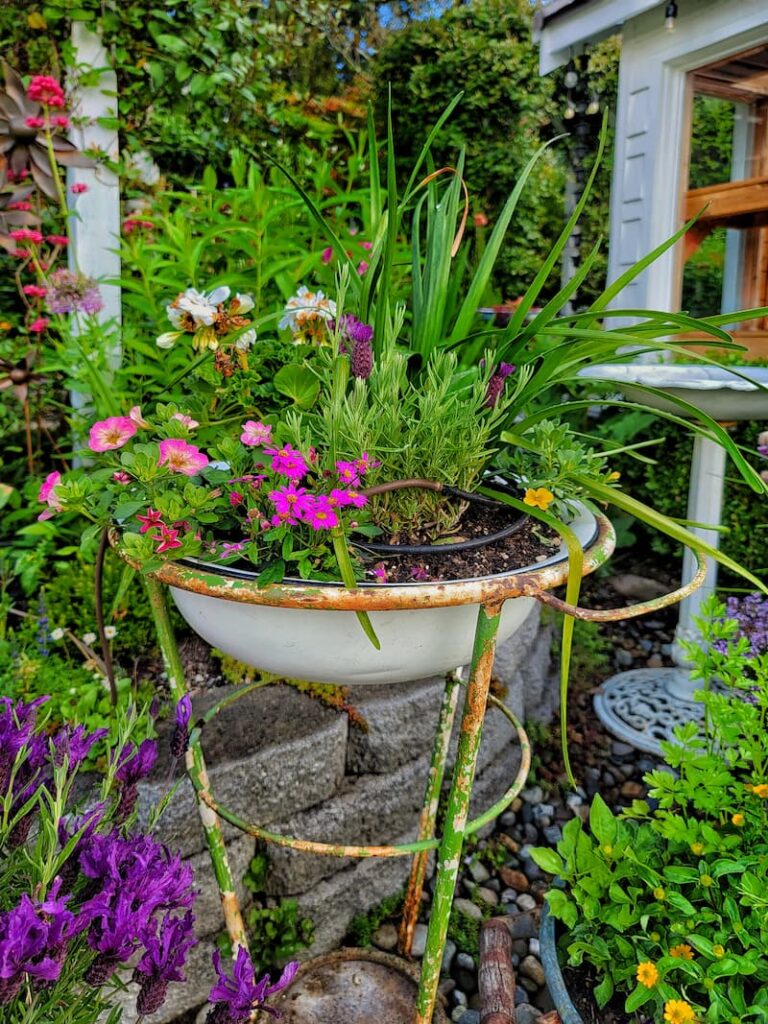
The plants you select should align with your garden area’s goals and the available space.
If you’re focused on creating a pollinator-friendly garden, choose nectar-rich flowers that attract bees, butterflies, and hummingbirds.
When selecting plants, consider the size of your raised bed garden or vegetable beds. Some, like pumpkins and squash, need enough space to spread out. Others, such as compact dwarf varieties and vertical growing options, are perfect for small spaces or container gardens.
Planning the Garden Layout
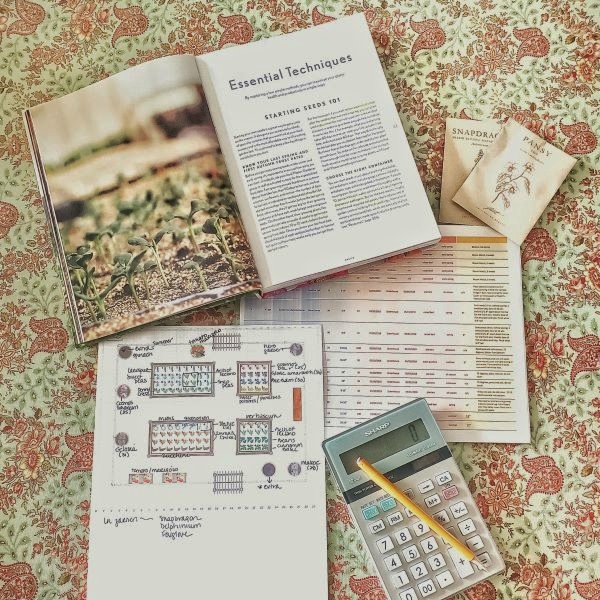
A well-designed garden can maximize space, optimize sunlight exposure, and create a visually appealing and functional outdoor space.
Sketching a Garden Layout
Sketch out a rough garden layout on graph paper before you start planting.
Look at the size and shape of your garden beds, the spacing between the plants, and any pathways you want to include. This will help you visualize the arrangement of plants you will need and ensure that your garden beds are organized and attractive.
Considering Companion Planting Strategies
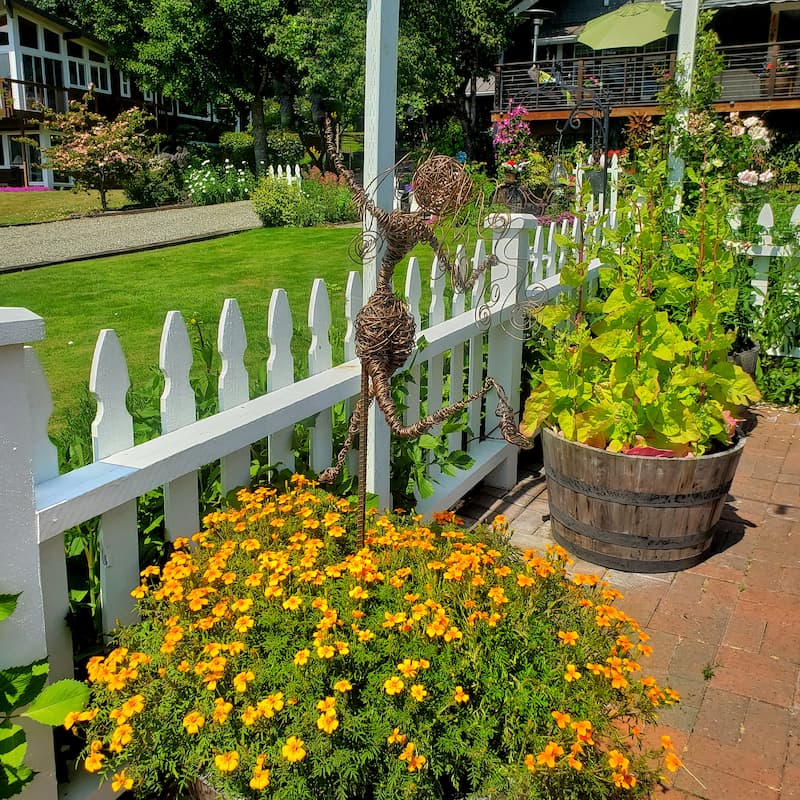
Strategically placing plants that benefit each other when grown together is called companion planting. Some plants can deter pests, enhance soil fertility, or provide shade and support to neighboring crops.
By incorporating companion planting strategies into your garden layout, you can promote healthier, more productive plants and reduce the need for pesticides or fertilizers.
Maximizing Space and Sunlight
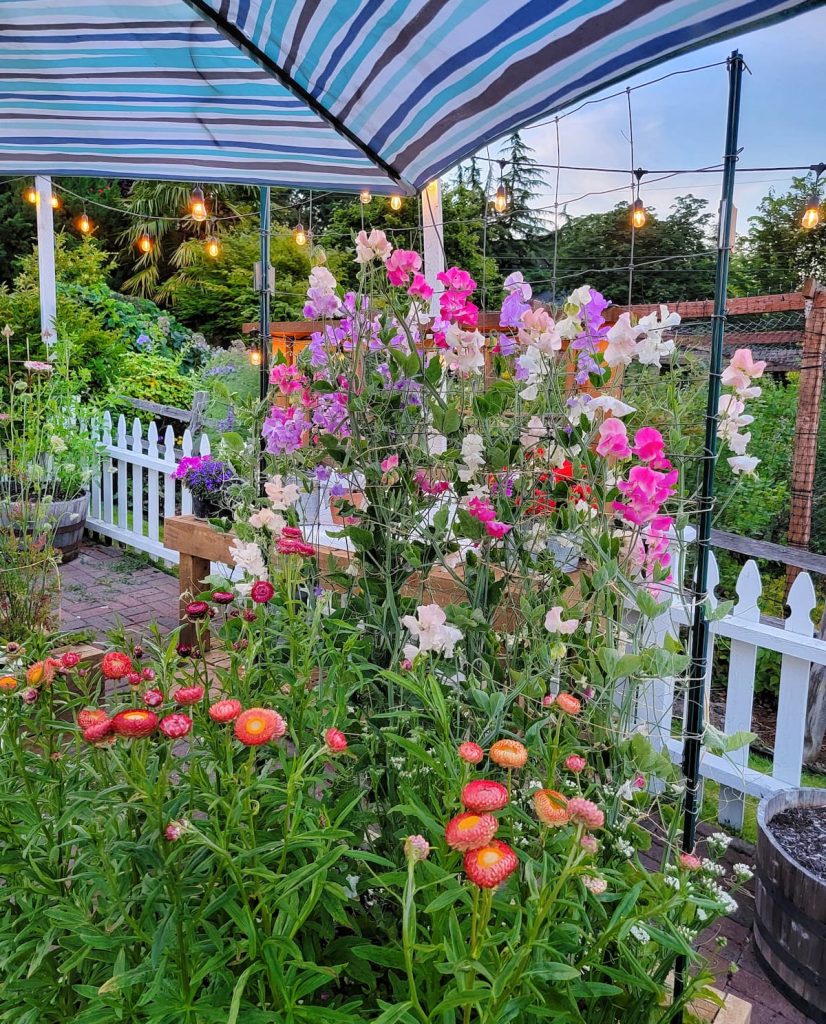
Consider the size of mature plants. Provide adequate spacing to prevent overcrowding, which can lead to competition for resources and hinder growth.
Determine how the sunlight falls on your garden throughout the day. Most flowers and vegetable plants thrive with at least 6-8 hours of full sun daily.
Make sure the taller plants don’t cast excessive shade on the shorter ones, and arrange your garden beds to capture the most sunlight possible.
Be aware of the flow and accessibility of your garden layout. Create clear pathways for ease of maintenance, watering, and harvesting. Always remember the most convenient way to access all areas of your garden without trampling on plants.
How to Improve Soil Quality
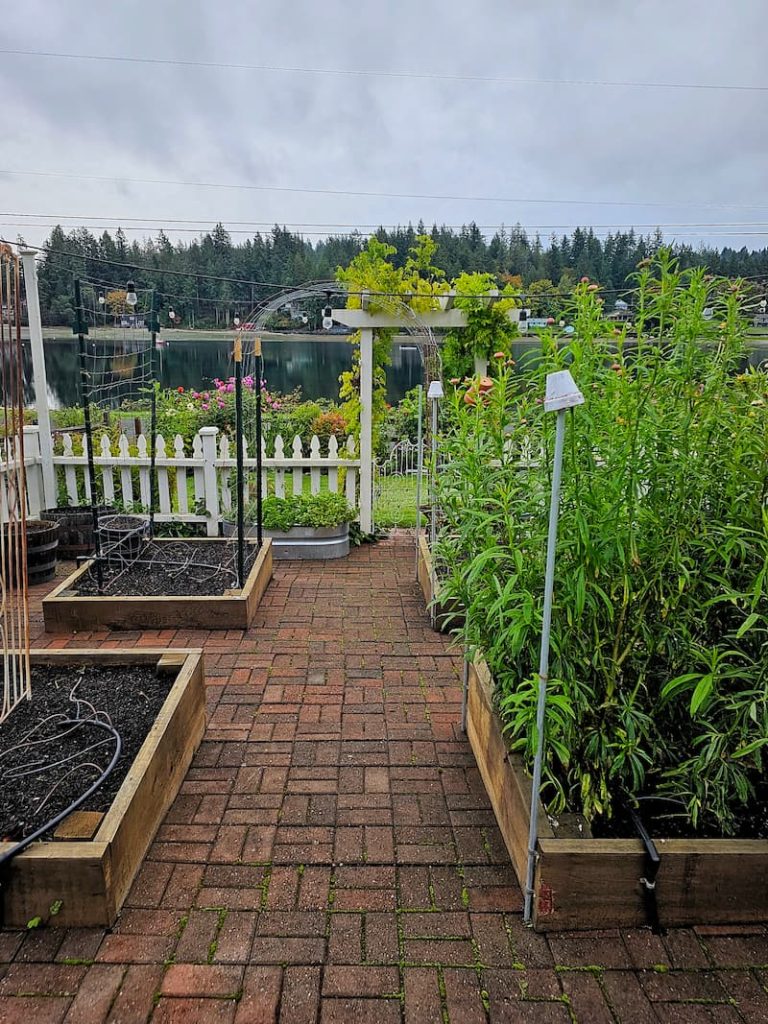
Healthy, fertile garden soil provides nutrients, water retention, and root support for your plants. Want to learn how to improve your garden? Preparing your soil and adding soil amendments are essential to creating an optimal growing environment.
Testing Your Soil Quality
You need to understand your soil’s current condition before you can try to improve it. Soil testing is a valuable tool that provides insight into pH levels, nutrient content, and overall health.
You can purchase DIY soil testing kits or contact your local cooperative extension office for professional soil testing services.
Once you know what deficiencies need to be addressed after your soil test, you can decide what type and amount of soil amendments your soil needs.
Adding Necessary Soil Amendments
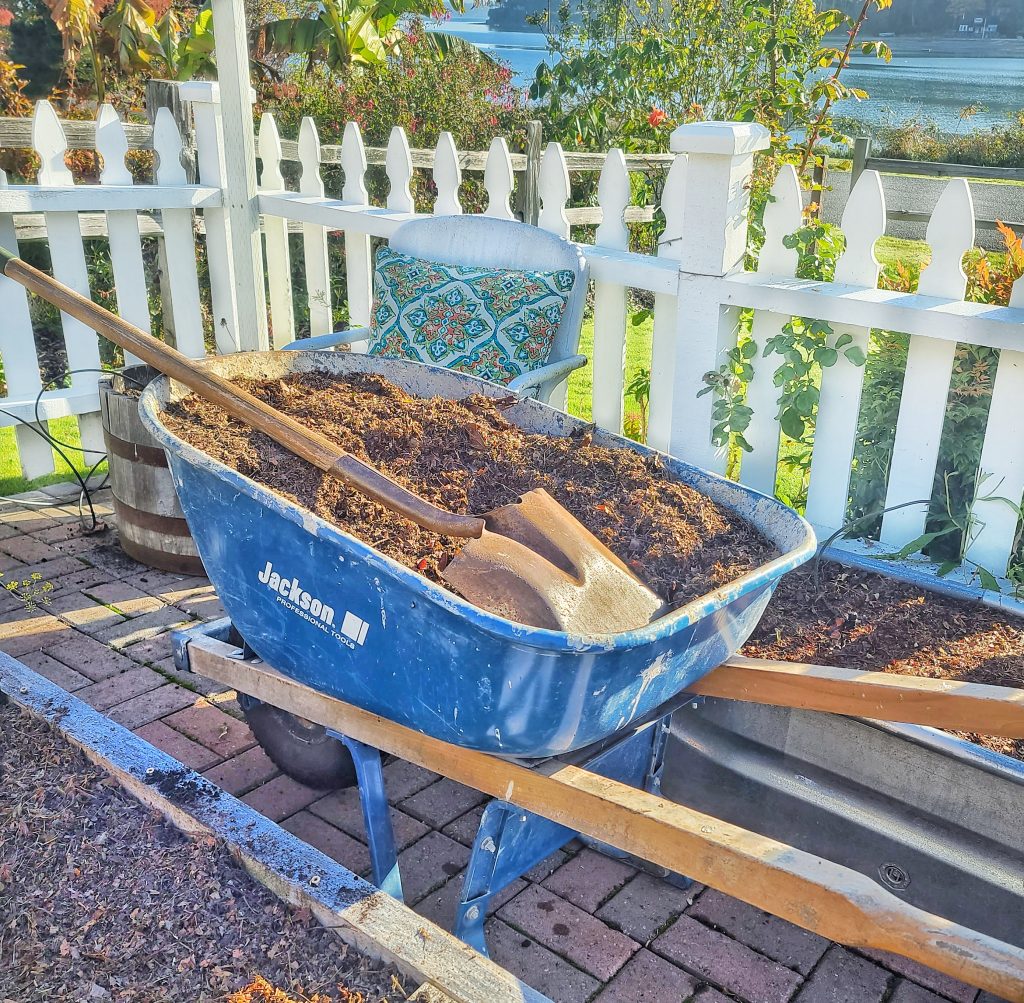
When soil amendments are added to your garden’s soil, they improve its structure, nutrient content, and water-holding capacity.
The specific amendments required depend on your soil test results and the needs of your plants. Here are some common soil amendments:
Preparing the Soil for Planting
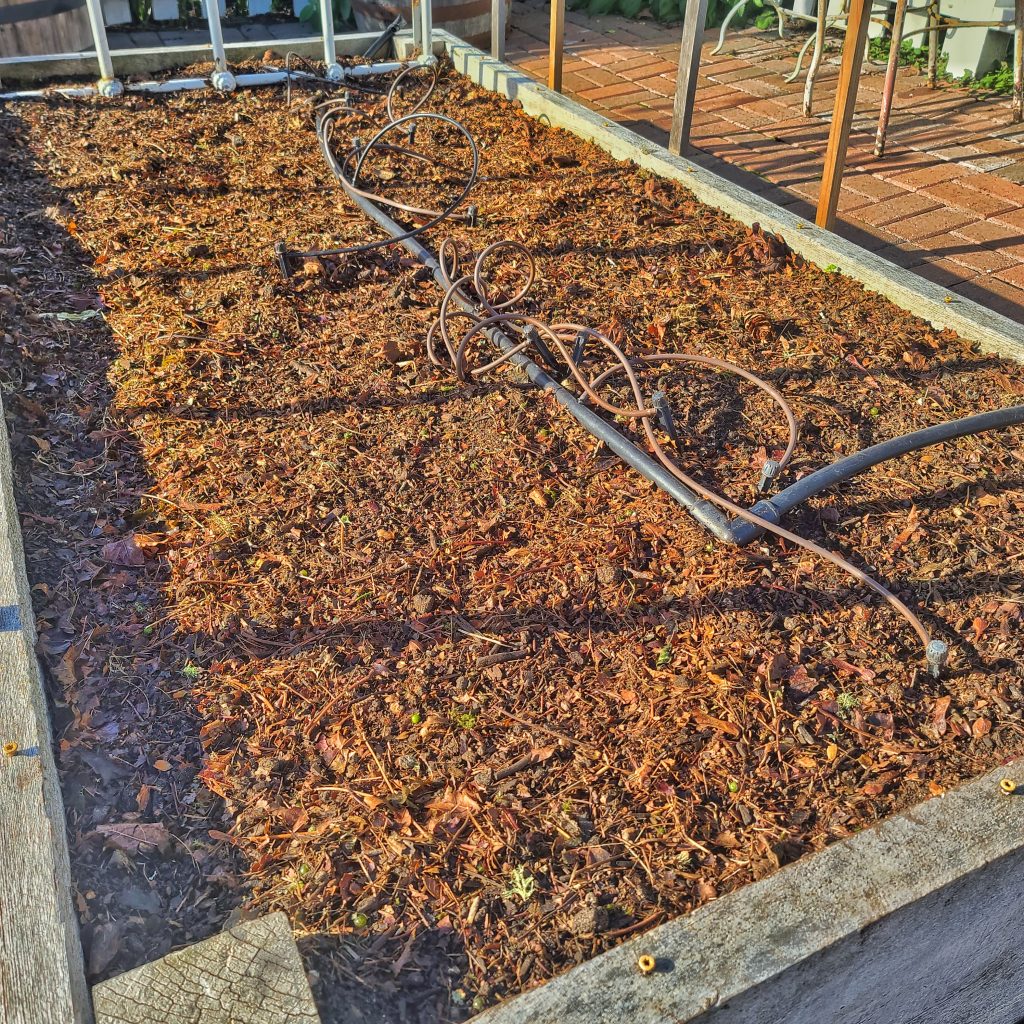
Before adding the necessary amendments to your garden beds, begin by loosening the soil to a depth of at least 6-12 inches, breaking up any compacted areas.
Evenly spread the amendments over the soil surface based on your soil test recommendations. Use a garden fork or tiller to work the amendments thoroughly into the soil.
Gardening Made Simple – Your Guide to Beginning Gardening
Scheduling Planting Dates
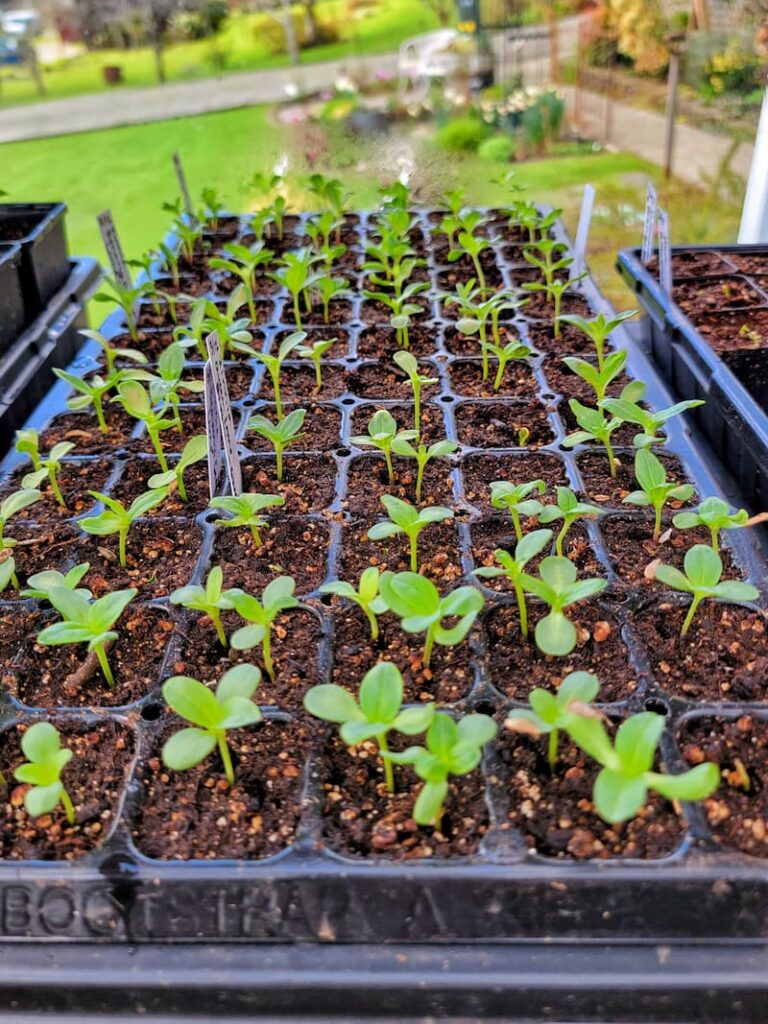
Another important part of planning your garden for the upcoming year is to create a planting schedule, which sets the stage for a productive and successful garden.
Timing Your Planting for Your Specific Zone
Understanding your USDA Hardiness Zone or equivalent climate zone will help you determine when it’s safe to plant each type of flower or crop.
Climate zones provide guidelines for your region’s average annual minimum temperatures, which can help you avoid planting too early or too late.
Creating a Planting Calendar
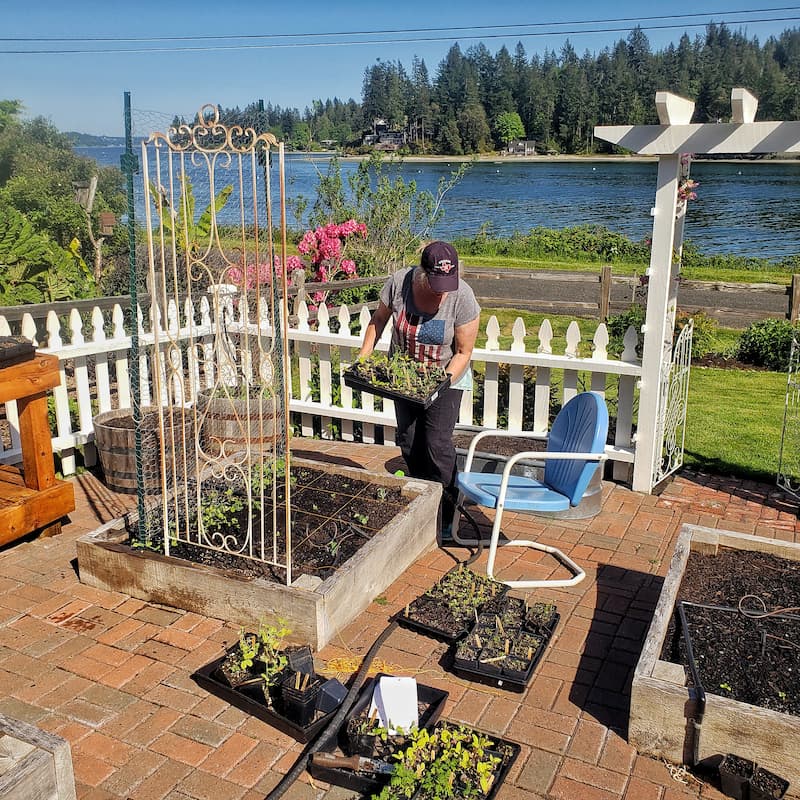
When creating a planting calendar, list all the plant varieties you’ve chosen for your garden and their recommended planting dates. Look at factors like the average last frost date in the spring and the expected first frost date in the fall. These dates will define your gardening window.
Arrange your planting dates on a calendar, considering the plant’s growth requirements, such as days to maturity and preferred temperatures. This will help each plant receive the necessary care at the right time.
Planning for Succession Planting
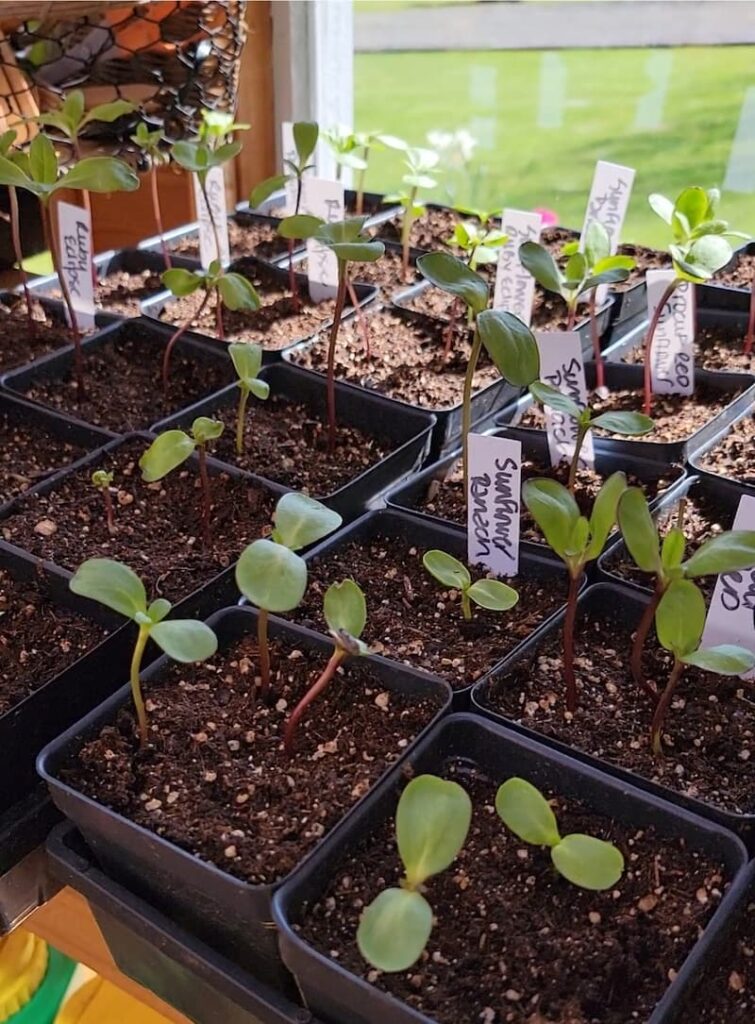
Succession planting is a strategy for planting multiple rounds of the same crop throughout the growing season to ensure continual harvest.
This technique maximizes available garden space and extends your harvest over a more extended period.
As you create your planting calendar, consider which crops can benefit from successful planting.
By staggering your planting dates, you’ll enjoy a steady supply of fresh produce and flowers rather than a single, overwhelming harvest.
Pest and Disease Prevention
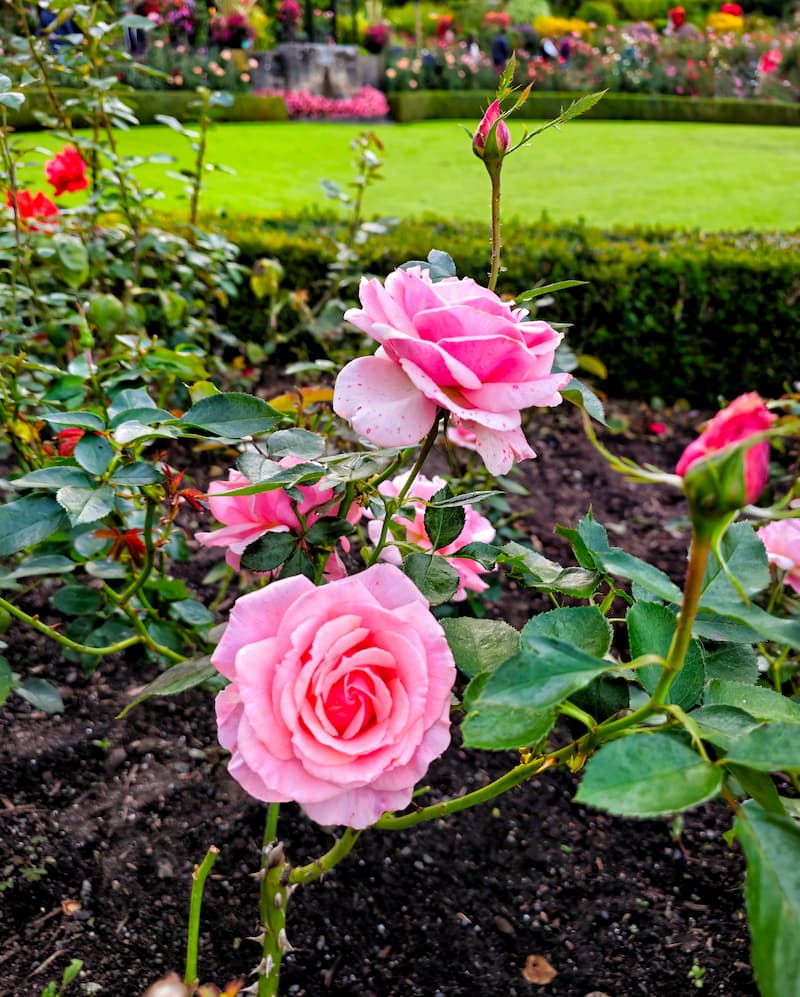
Unwanted pests and diseases are among gardening’s biggest challenges. Preventive measures and strategies to safeguard your garden against these common problems are crucial to a healthy garden.
Identifying Common Garden Pests and Diseases
Educate yourself on common issues that can threaten plants, such as aphids, caterpillars, slugs, and powdery mildew.
Local gardening resources, extension offices, and gardening books can provide valuable insights into your area’s specific pests and diseases.
By identifying potential threats early, you can take proactive steps to prevent their infestation and minimize damage to your garden.
Implementing Preventive Measures
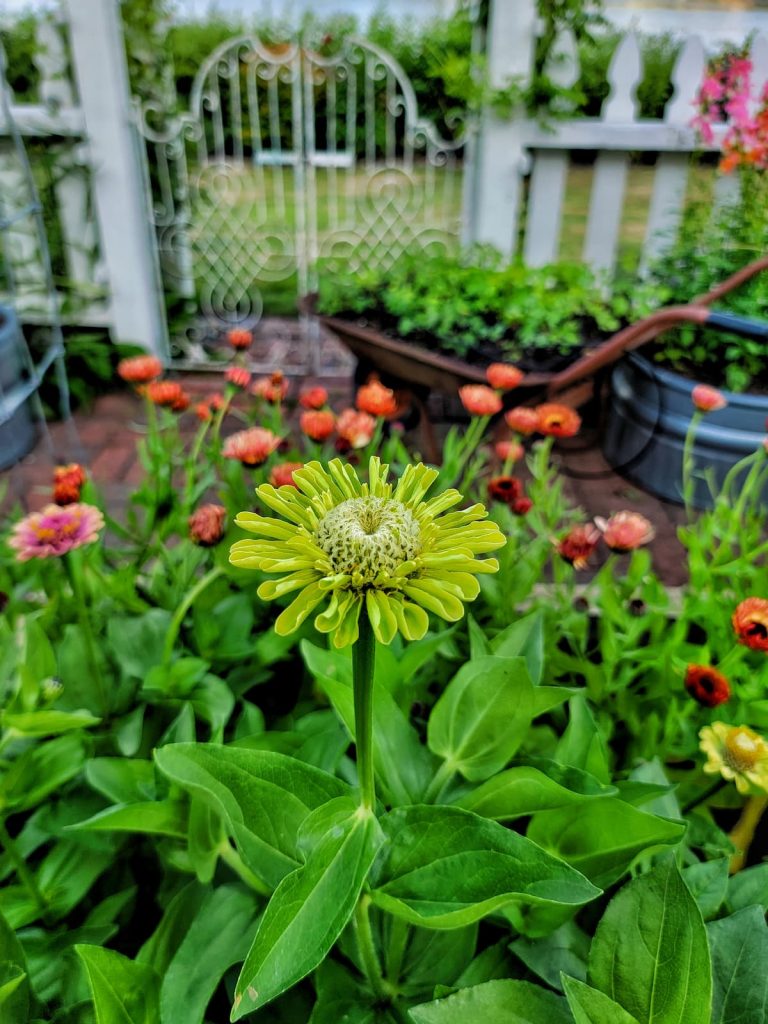
Prevention is often the most effective approach to pest and disease management. Here are some preventive measures to consider for your garden:
Having a Plan for Addressing Issues if They Arise
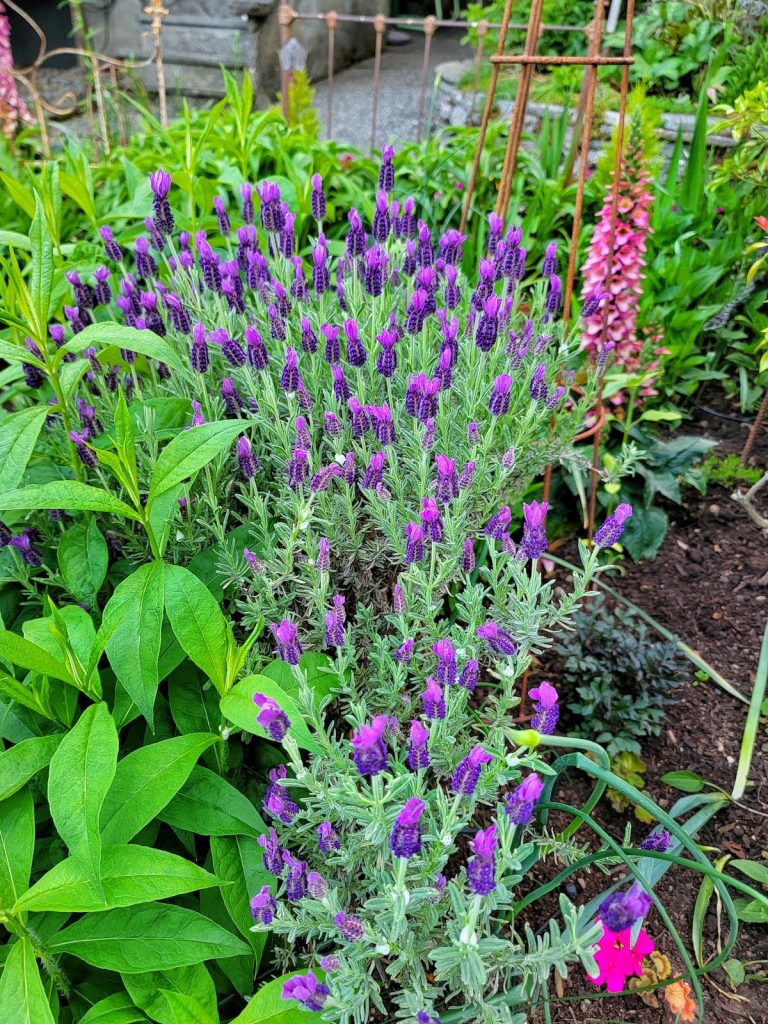
Despite your best preventive efforts, pests and diseases can still appear in your garden. Being prepared to address these issues promptly can prevent them from spreading and causing extensive damage.
Try using organic and environmentally friendly solutions for pest and disease management, such as neem oil, insecticidal soaps, or beneficial nematodes.
Research the symptoms of common diseases so you can diagnose and treat them early if necessary.
I have implemented integrated pest management (IPM) techniques in my garden that focus on preventive measures, monitoring, and targeted interventions when needed. This approach minimizes the use of chemical pesticides and promotes long-term garden health.
Watering and Irrigation
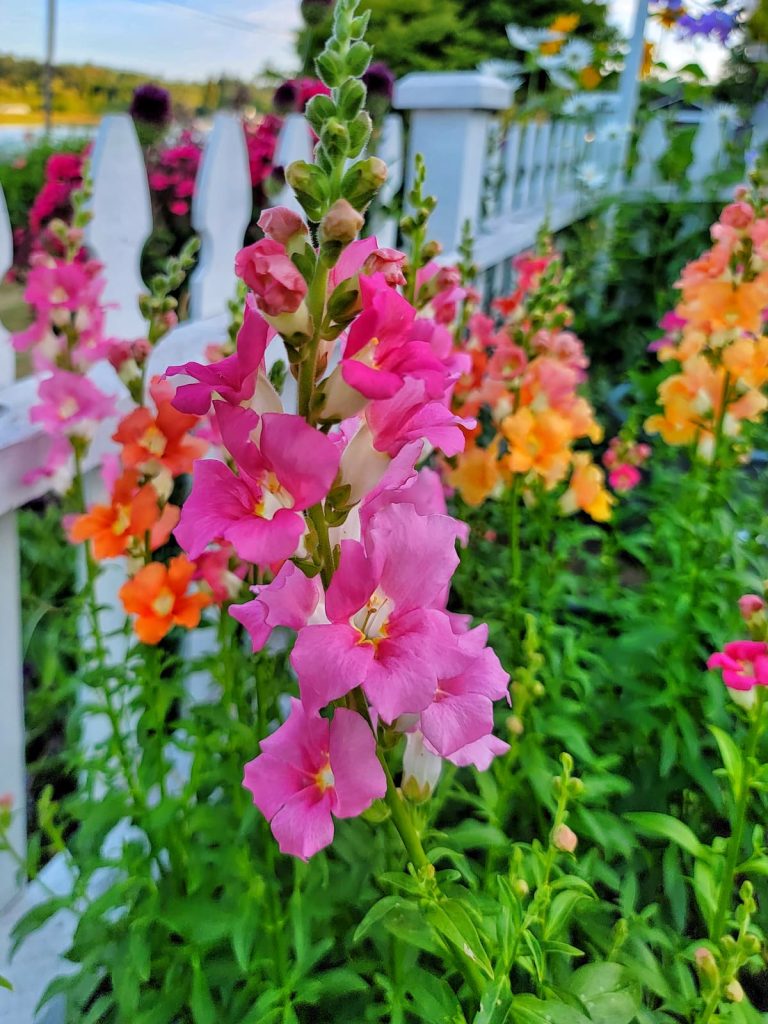
Effective watering techniques and irrigation strategies are the key to a thriving garden.
Determining Your Garden’s Water Needs
Your garden’s water requirements will vary depending on the type of plants you’re growing, your local climate, and the soil’s moisture-holding capacity.
Different plants have different watering needs. Annual flowers and vegetables typically need consistent moisture, while established perennials may be more drought-tolerant.
Choosing the Right Irrigation System
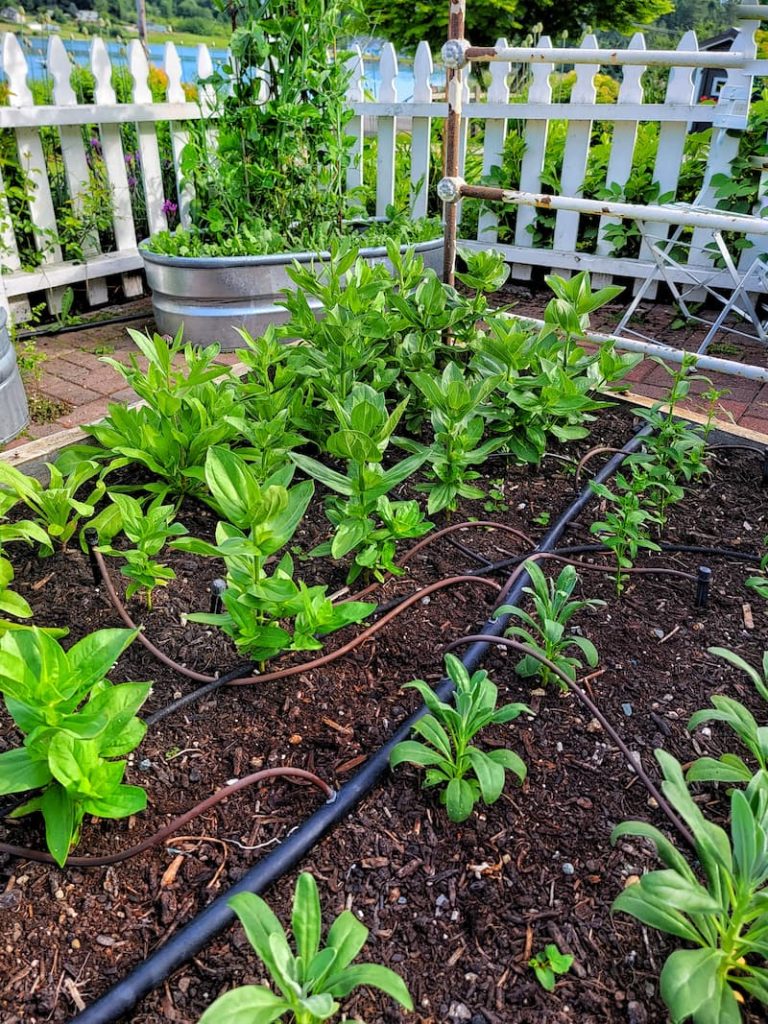
Selecting the proper irrigation system can significantly affect your garden’s water efficiency and the health of your plants. Several standard irrigation methods include:
Monitoring and Adjusting Water Scheduling
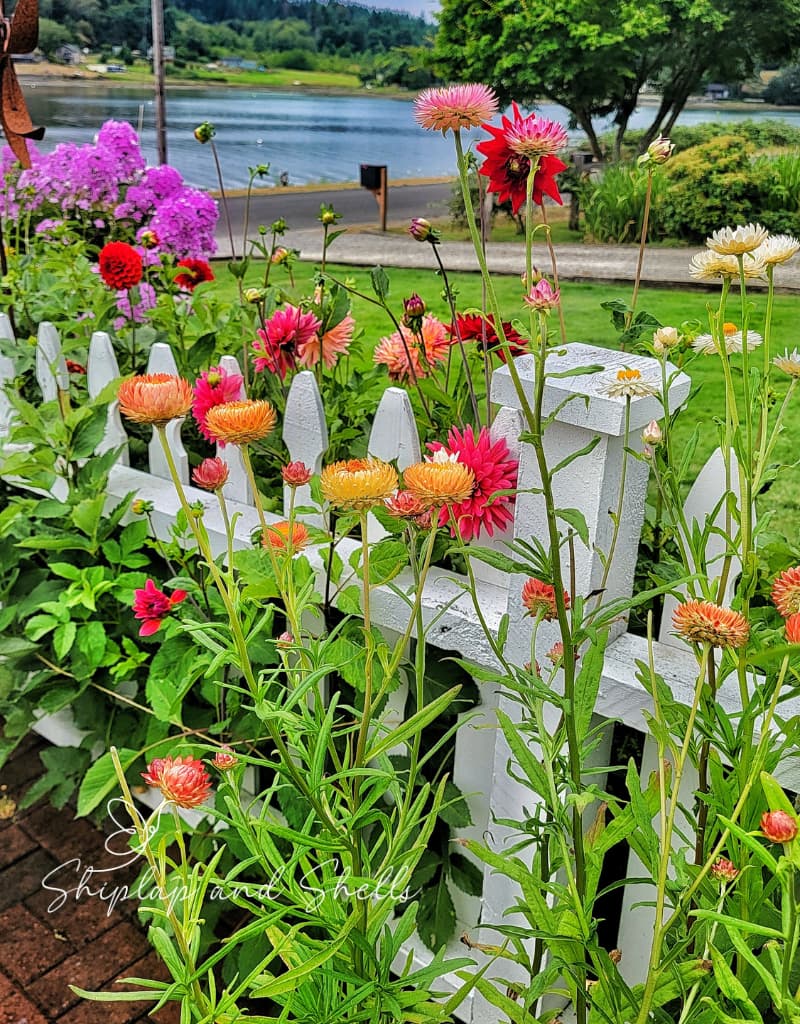
Timing and consistency are key to watering your garden. Establishing a regular watering schedule based on your garden’s specific needs and the climate in your region is essential.
Early morning watering is typically the best practice, allowing the plant to absorb moisture before the heat of the day.
Use a moisture meter or finger test to assess soil moisture levels. My favorite method is to stick a finger into the soil near your plant’s roots. If it feels dry 1-2 inches below the surface, it’s time to water. Avoid overwatering as it can lead to root rot and other issues.
Adjust your watering schedule during heavy rainfall or cooler weather to avoid waterlogged soil. Be prepared to increase watering during hot and dry spells.
How to Improve Your Garden Maintenance
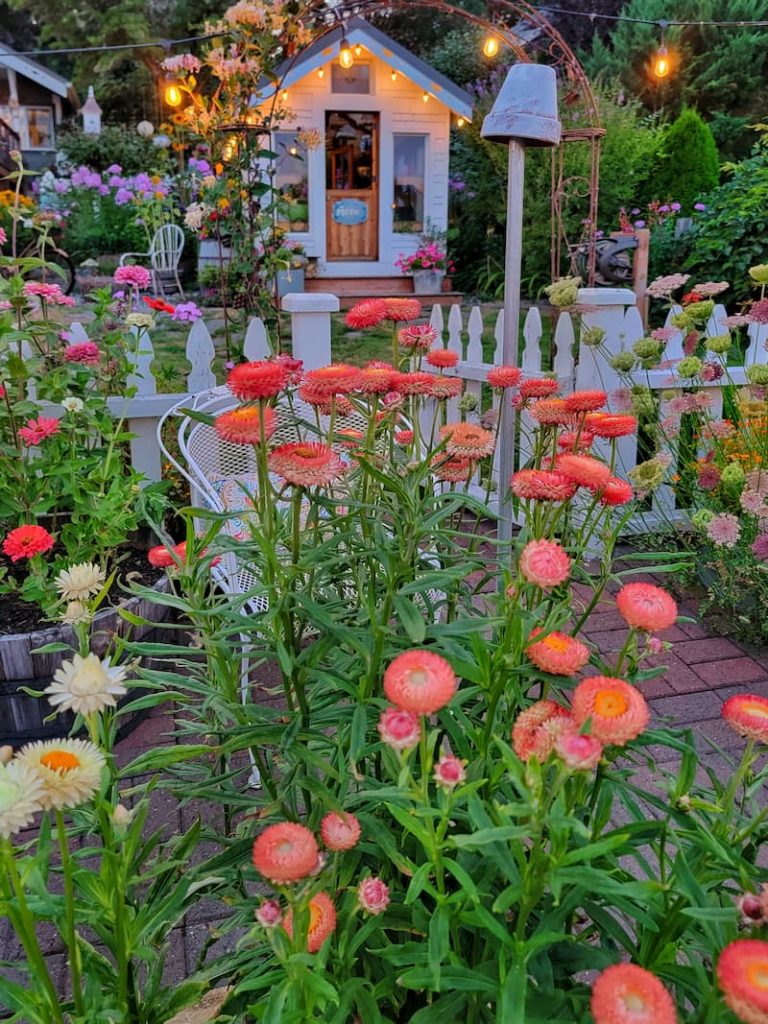
It’s time to shift the focus from planning your garden to the ongoing care and maintenance required to nurture a thriving garden.
Setting a Regular Maintenance Routine
Establish a regular maintenance routine to manage tasks, prevent issues from escalating, and keep your garden healthy and beautiful.
Here are some routine maintenance tasks to include in your routine:
How to Make Your Garden Better Year After Year: Recording and Tracking Progress
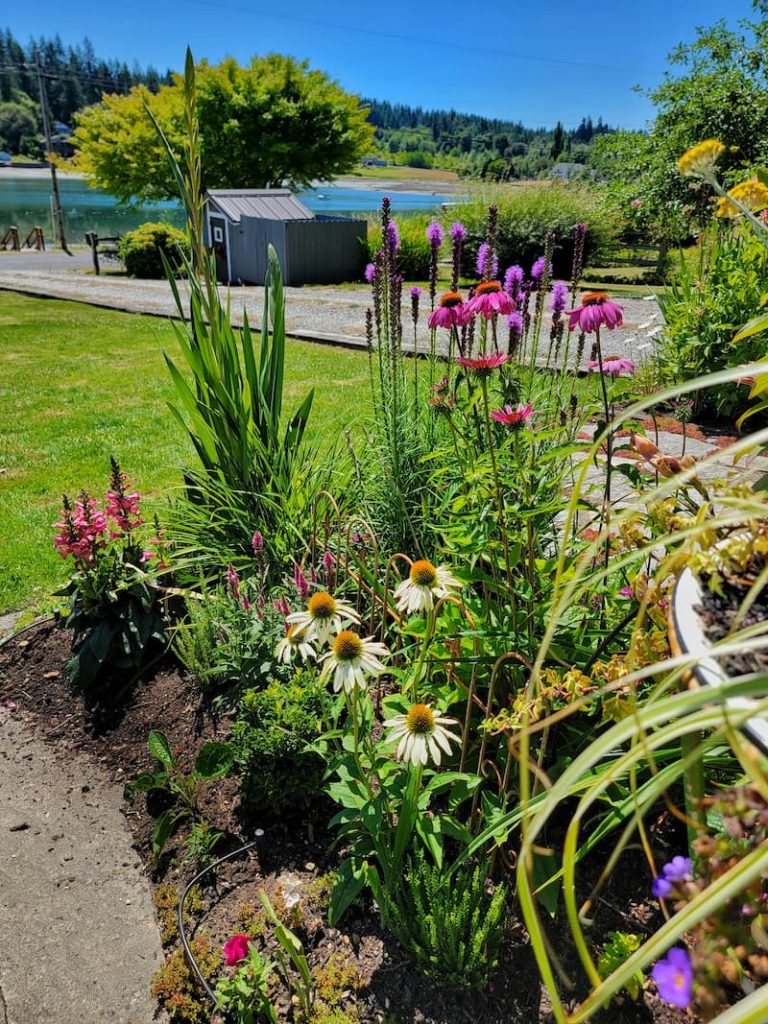
Keeping track of your garden’s progress is one of the best ways to improve it season after season. Recording details like planting dates, weather patterns, pest issues, and which plants thrived (or struggled) will give you a valuable reference for future planning.
A garden journal, planner, or even a simple notebook can help you track successes and challenges, making adjusting your approach each year easier.
Photos, sketches, and notes on soil conditions or fertilizing schedules can also provide insight into what works best in your space. Over time, these records will help you make smarter decisions, avoid past mistakes, and create a healthier, more productive garden.
Keeping a Garden Journal
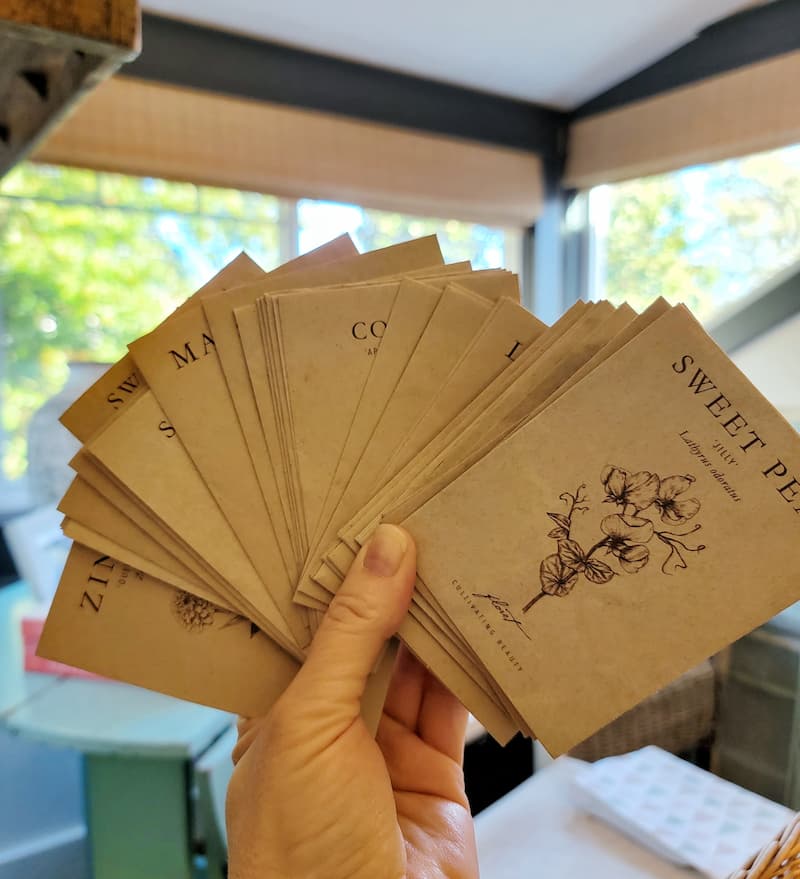
A garden journal is a dedicated notebook or digital document where you can record important information and observations about your garden.
Keeping a garden journal can be incredibly valuable whether you’re a seasoned gardener or just starting out. Here’s the information you can include:
Documenting Successes and Challenges
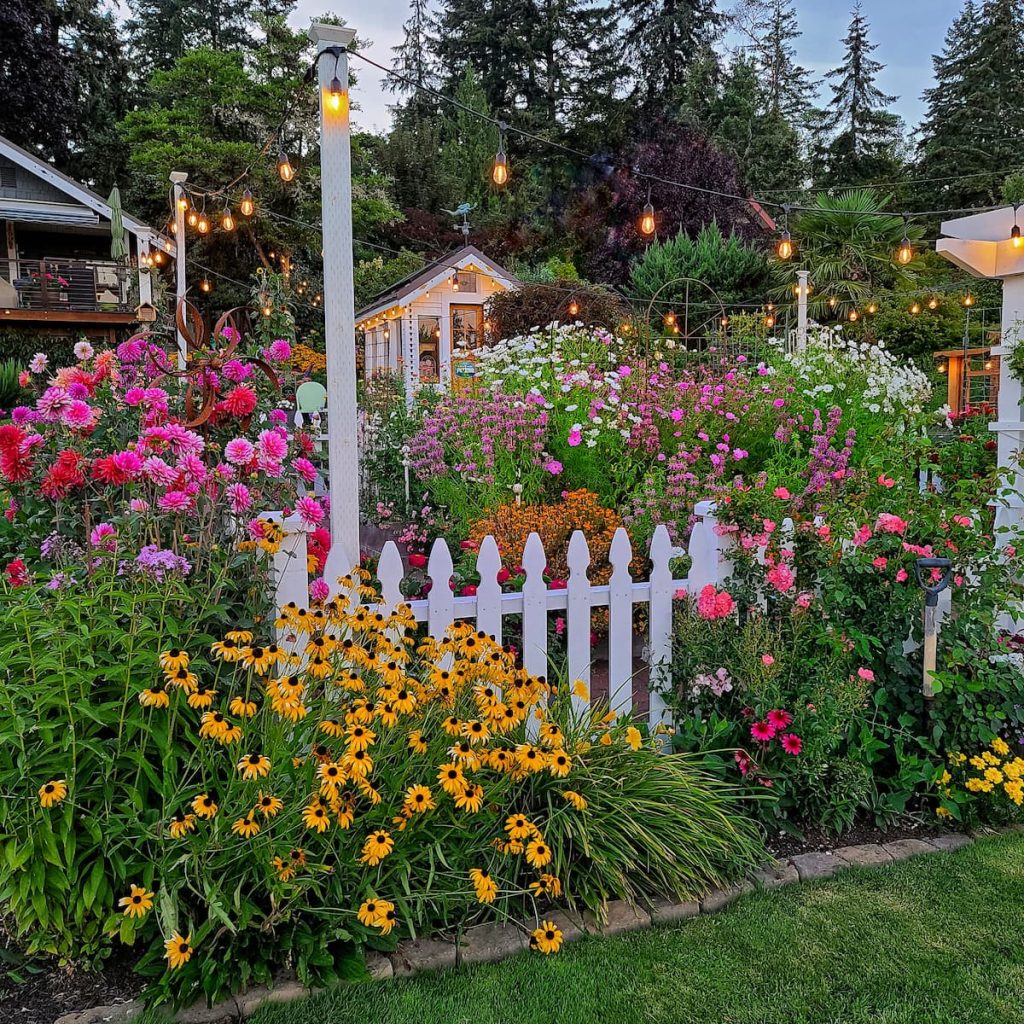
A garden journal is a powerful tool for learning and improving your gardening skills.
By documenting your successes and challenges, you can gain insights from previous years into what works in your garden and what doesn’t. Over time, this information can help you refine your gardening practices.
For example, if you notice that certain plants consistently thrive in specific locations or under particular growing conditions, you can replicate those conditions for future plantings. But also, if you encounter recurring pest or disease issues with certain crops or flowers, you can research preventive measures to manage them.
Seed Starting Supplies
Check out my favorite supplies and tools for starting seeds indoors. Whether you’re looking for grow lights or a seed starting mix, you’ll find what I use in my own greenhouse.
Final Thoughts on Planning a Garden Using Lessons from Last Year
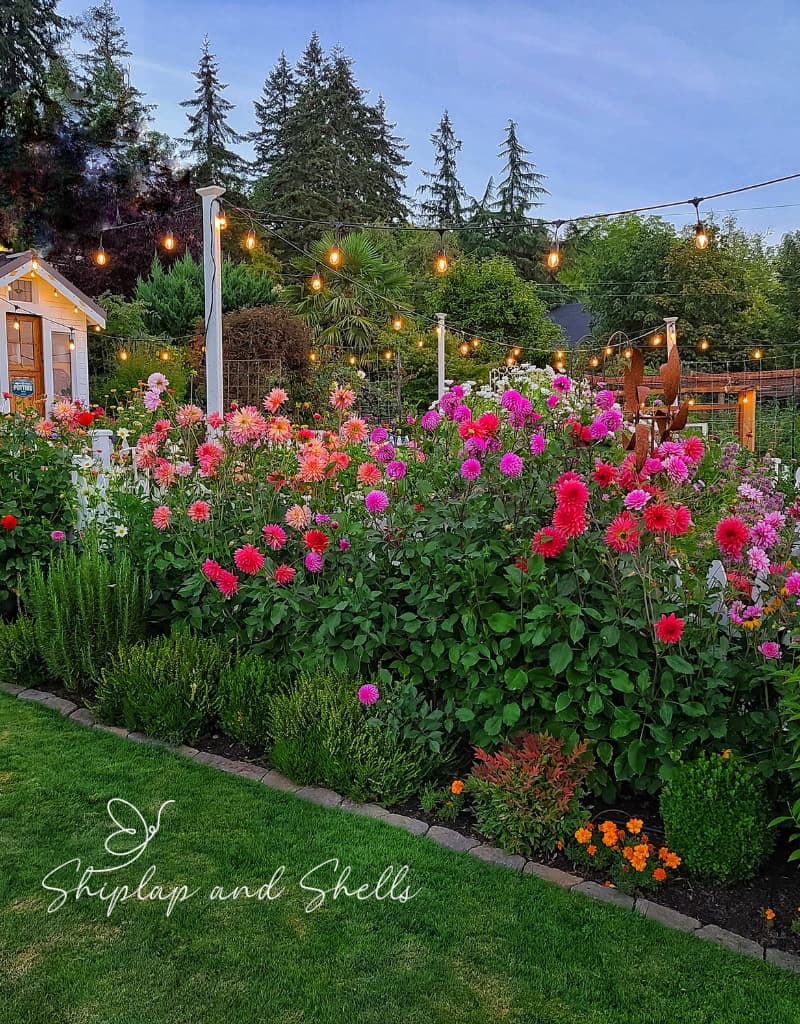
We’ve covered everything from reflecting on last year’s garden to setting goals, improving soil, choosing the right plants, and maintaining your space throughout the season.
Gardening is a journey of discovery, patience, and resilience, and your garden is a reflection of your ability to learn, adapt, and grow, just like your plants.
May your garden this year be a source of joy, inspiration, and connection, and may it bring you closer to the beauty and wonder of nature.
If you have any questions or additional suggestions, share them in the comments below. And don’t forget to pass this post along to any fellow gardeners who might find it helpful!
Until next time,
Happy Gardening!

I’m a self-taught hobby gardener. Everything I share on my blog is my opinion and what has worked for me.
MORE POSTS
For You To Enjoy
Follow Me for More Inspiration
Shop my Amazon Storefront, LTK sources, and my favorite home decor, garden, and lifestyle products. When you purchase from one of my links, I earn a small commission, which helps me continue sharing all the content you expect on my blog.
Follow me on Pinterest, Instagram, Facebook, TikTok and LIKEtoKNOW.it. Do you like gardening? Join my Facebook Gardening Tips & Tricks group.



